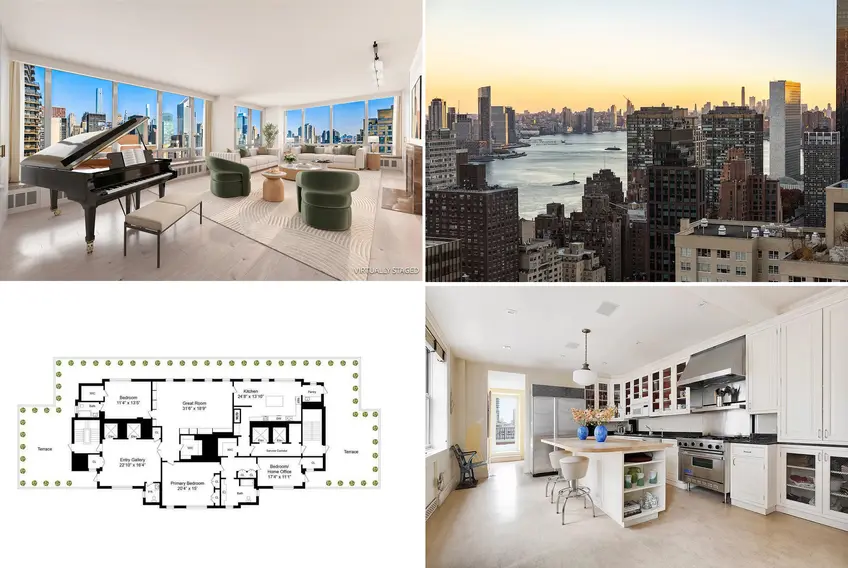
Three-bedroom apartments have always been a coveted floor plate in New York City, but have reached a point of scarcity that prompted Curbed to ask, “Whatever happened to the three-bedroom?” Brokers interviewed for the article pointed to a number of factors: While events like marriage and children push people out of studios and one-bedrooms, thus freeing these up faster, families in three-bedrooms tend to stay put for a long time, sometimes even upon becoming empty nesters. High sticker prices in the suburbs are causing more people to stay put, not to mention more demand for three-bedroom apartments in the city. Moreover, parents with children are not the only ones who might want a three-bedroom – this floor plate is also of interest to groups of friends who’d like to share a space while having their own bedrooms.
Not only are there more people looking for three-bedrooms, but there are notably fewer to be found. It is not unheard of for landlords to divide vacant three-bedrooms into smaller apartments; the reverse, combining smaller apartments into larger ones, is less common at the rental level. This model is also less common in new construction: An analysis by Gothamist found that the majority of affordable apartments built under the Adams administration were studios to one-bedrooms, primarily because it’s cheaper to build these. And while luxury developments typically include oversized apartments, several three-bedrooms among them, the prices put them out of reach to the average buyer.
In this article:
Moreover, it is important to note that not all three-bedroom apartments are created equal. The traditional classic six offers two full bedrooms and one smaller maid’s room that is typically located off the kitchen as opposed to the bedroom wing; this typically offers so little privacy, square footage, and closet space (but, on the plus side, sometimes an en suite bathroom) that some people opt to use it as a home office instead of a bedroom. Additionally, some apartments that are classified as three-bedrooms are technically two-bedrooms with a dining room or extra-large living room that can be turned into a third bedroom if the buyer chooses.
Layouts like these drive home the importance of studying an apartment’s floor plan, as opposed to simply checking the square footage and calling it a day. The right floor plan for you and your family is likeliest to be a unique combination of elements that respond to your specific needs, and we explore these elements below. We also look at three-bedroom apartments priced under $3 million.
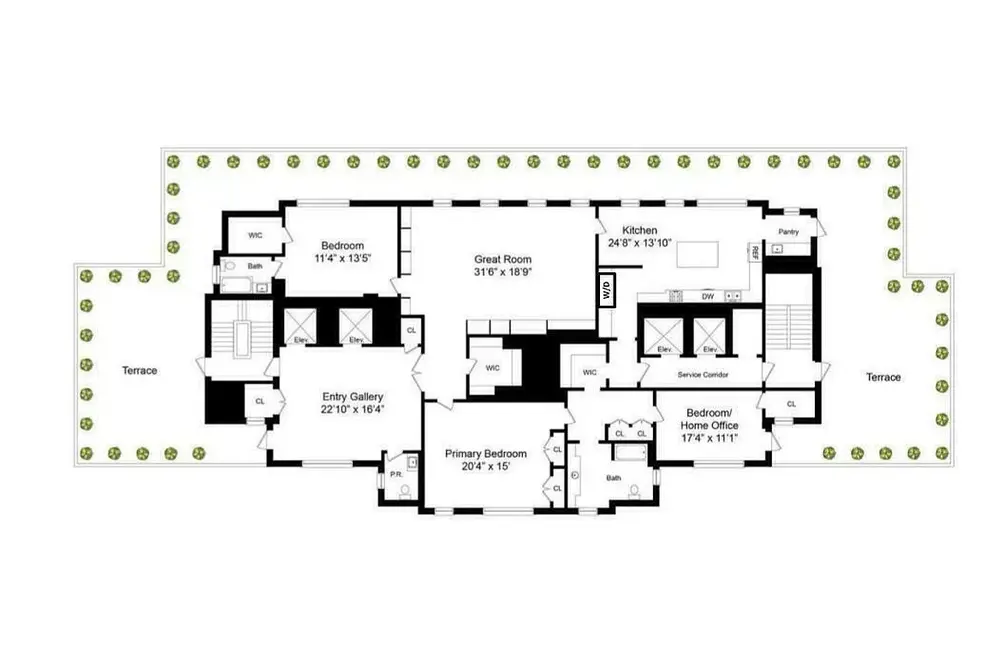 Floor plan of The Lombardy, #PH19 (Compass)
Floor plan of The Lombardy, #PH19 (Compass)
General considerations
When searching for a great floor plan, always start by assessing three high-level considerations: the overall square footage of the unit, its potential flow, and any built-in features that reduce how much furniture you need to bring into the unit to make it functional.Square footage
In 2022, the average size of a single-family home in the United States was over 2,500 square feet, which isn’t surprising, as it is a commonly held belief that family members need at least 400 square feet per person. Unsurprisingly, in New York City, beyond the luxury condo and townhome market, only a small percentage of families live in homes that exceed 2,500 square feet. In fact, the average apartment size in New York City is just 740 square feet, and some families even manage to squeeze into apartments under 600 square feet. While more generous dimensions are always welcome, it is important to remember that size is just one consideration among many.
In 2022, the average size of a single-family home in the United States was over 2,500 square feet, which isn’t surprising, as it is a commonly held belief that family members need at least 400 square feet per person. Unsurprisingly, in New York City, beyond the luxury condo and townhome market, only a small percentage of families live in homes that exceed 2,500 square feet. In fact, the average apartment size in New York City is just 740 square feet, and some families even manage to squeeze into apartments under 600 square feet. While more generous dimensions are always welcome, it is important to remember that size is just one consideration among many.
Flow
Beyond square footage, one of the most important considerations when it comes to apartment floor plans is flow. For starters, consider where you will walk once you enter, hang up your coat, and take off your shoes. Also, consider how you will get from the sofa to kitchen, bedroom to bathroom, or kitchen to dining area. But flow doesn’t end with these considerations. When looking for the ideal floor plan, also consider less obvious features, including the location of doors. Can you access your bedroom closet if the bedroom door is open, or do you have to close one door to open the other? If you have a sofa, coffee table, and chair in the living room, will the living room feel like an obstacle course?
Beyond square footage, one of the most important considerations when it comes to apartment floor plans is flow. For starters, consider where you will walk once you enter, hang up your coat, and take off your shoes. Also, consider how you will get from the sofa to kitchen, bedroom to bathroom, or kitchen to dining area. But flow doesn’t end with these considerations. When looking for the ideal floor plan, also consider less obvious features, including the location of doors. Can you access your bedroom closet if the bedroom door is open, or do you have to close one door to open the other? If you have a sofa, coffee table, and chair in the living room, will the living room feel like an obstacle course?
Built-ins
When assessing the floor plan of a smaller space, built-ins can be the difference between a functional and dysfunctional space. Still, not all built-ins are ideal. In some cases, built-ins are either too large or too small for the space or simply don’t hold the potential to meet your needs. Since installing and removing built-ins is costly, carefully consider whether a unit's existing built-ins are improving the floor plan or just taking up precious space. If you intend to invest in built-ins, also consider the feasibility and cost of installing built-ins and how it will impact the property’s value.
When assessing the floor plan of a smaller space, built-ins can be the difference between a functional and dysfunctional space. Still, not all built-ins are ideal. In some cases, built-ins are either too large or too small for the space or simply don’t hold the potential to meet your needs. Since installing and removing built-ins is costly, carefully consider whether a unit's existing built-ins are improving the floor plan or just taking up precious space. If you intend to invest in built-ins, also consider the feasibility and cost of installing built-ins and how it will impact the property’s value.
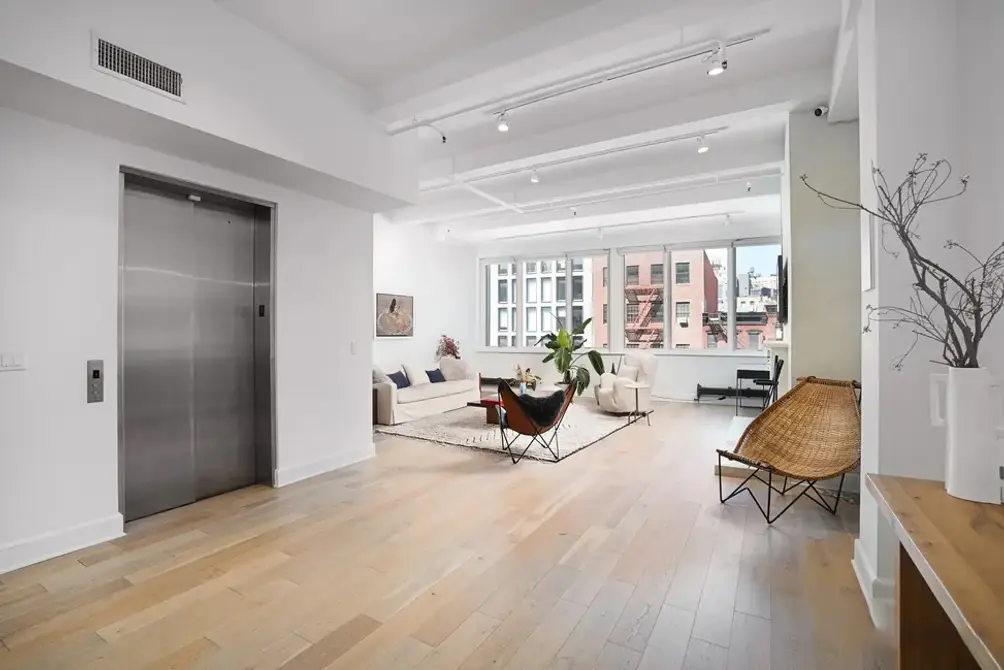
Other Key Features
Beyond the basics, there are a number of other features you should consider when on the hunt for the ideal floor plan.Ceiling Height
Much like skirt hems, ceiling heights have fluctuated over time. In New York City, most pre-war buildings featured standard 9-foot ceilings, though occasionally they were even higher. In the post-war high-rise building boom, ceiling heights shrank to 8 feet on average. Over the past two decades, ceiling heights have soared again, especially in new construction condos, where it isn’t unusual to find ceiling heights between 13 and 18 feet. Ultimately, ceiling heights are a matter of preference. That said, since they can create the illusion of ample space, even on a small floor plate, if you’re looking for the look and feel of a large apartment, ceiling height is an important consideration.
Windows
Like high ceilings, windows can make even the smallest spaces feel spacious and inviting, especially when the windows are located on a higher floor of a building where there are few or no obstructions. Still, it is important to consider where the windows are located and how they may impact other aspects of your apartment. For example, do you want bright sunlight streaming into your bedroom every morning? And if you're on a lower floor, are you willing to tolerate ambient street noise for additional light?
Like high ceilings, windows can make even the smallest spaces feel spacious and inviting, especially when the windows are located on a higher floor of a building where there are few or no obstructions. Still, it is important to consider where the windows are located and how they may impact other aspects of your apartment. For example, do you want bright sunlight streaming into your bedroom every morning? And if you're on a lower floor, are you willing to tolerate ambient street noise for additional light?
Foyers and Entrances
For many decades, New York City architects designed apartments lacking one essential feature—a foyer or entranceway. The decision to build threshold-less homes is somewhat understandable since foyers and entranceways are generally spaces to pass through but not linger. But this doesn’t mean the transitional spaces between the outside and interior world are unimportant. Beyond being a convenient place to hang your coat, take off your shoes, and store your bags, these spaces can help prevent sounds from your apartment from seeping into the hallway and, just as importantly, create a psychological barrier between your home and city beyond your front door.
Since many mid-twentieth-century and early twenty-first-century coops and condos don’t feature foyers or even small entranceways, a new construction condo is likely your best option if a foyer and entranceway is a must-have for you. Unsurprisingly, the pandemic led to a spike in demand for apartments with clear thresholds between outdoor and indoor spaces.
For many decades, New York City architects designed apartments lacking one essential feature—a foyer or entranceway. The decision to build threshold-less homes is somewhat understandable since foyers and entranceways are generally spaces to pass through but not linger. But this doesn’t mean the transitional spaces between the outside and interior world are unimportant. Beyond being a convenient place to hang your coat, take off your shoes, and store your bags, these spaces can help prevent sounds from your apartment from seeping into the hallway and, just as importantly, create a psychological barrier between your home and city beyond your front door.
Since many mid-twentieth-century and early twenty-first-century coops and condos don’t feature foyers or even small entranceways, a new construction condo is likely your best option if a foyer and entranceway is a must-have for you. Unsurprisingly, the pandemic led to a spike in demand for apartments with clear thresholds between outdoor and indoor spaces.
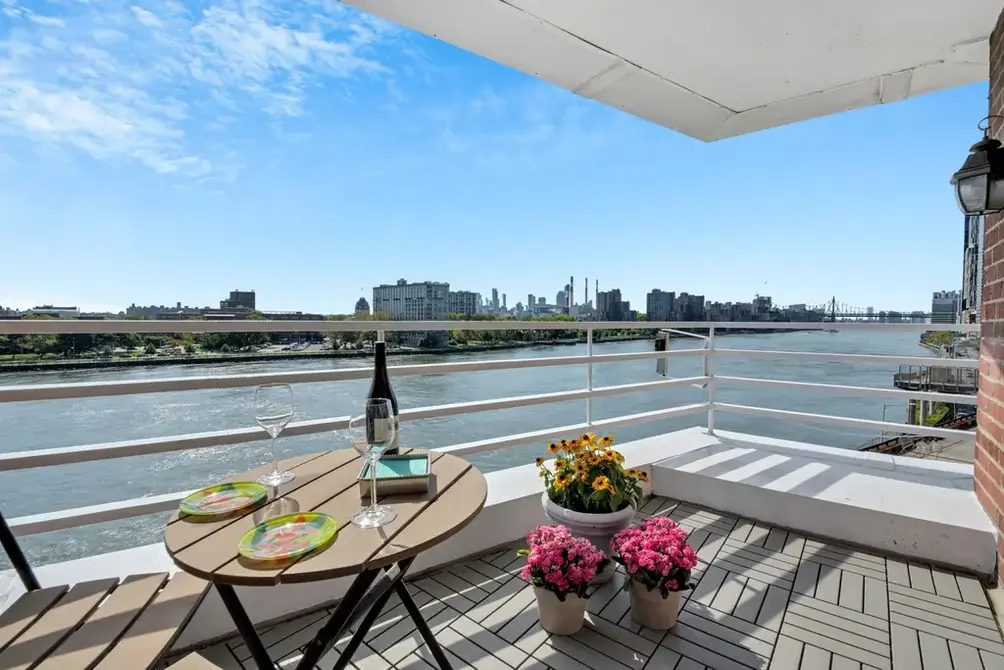
Outdoor Space
Like foyers and entranceways, the demand for private outdoor spaces like terraces and balconies surged all over the country during the pandemic. That was also the case in New York City, but the location and design of an apartment terrace or balcony are important considerations. Before you splurge on an apartment with outdoor space, consider the following:
Like foyers and entranceways, the demand for private outdoor spaces like terraces and balconies surged all over the country during the pandemic. That was also the case in New York City, but the location and design of an apartment terrace or balcony are important considerations. Before you splurge on an apartment with outdoor space, consider the following:
- Privacy: Is the space truly private, or is it fully exposed or directly adjacent to a neighbor’s balcony?
- Noise: Does the balcony or terrace face a busy street, and if so, how will this impact street noise inside your apartment?
- Height: If the balcony or terrace is on a high floor, how likely will you be to use it, and under what weather conditions will it even be possible to safely and comfortably use the space?
- Enclosure: If you intend to enclose the balcony, is enclosure permitted as per the building’s rules?
- Upkeep: How much time and money will you need to invest in the upkeep of your unit’s outdoor space?
Storage
One of the most important parts of any floor design is storage. However, great storage shouldn’t just be ample but also seamlessly integrated into the unit and, as a result, barely noticeable at first glance. Effective storage should also be located in the right places. Is there a closet near the front entrance? Is there storage space for a broom, vacuum cleaner, and other cleaning supplies near the kitchen? Do all the bedrooms have ample closet space? Is there at least one linen closet? Since many older New York City apartments were built with only minimal storage, paying attention to a unit’s existing storage or potential to be redesigned to include more storage is essential.
One of the most important parts of any floor design is storage. However, great storage shouldn’t just be ample but also seamlessly integrated into the unit and, as a result, barely noticeable at first glance. Effective storage should also be located in the right places. Is there a closet near the front entrance? Is there storage space for a broom, vacuum cleaner, and other cleaning supplies near the kitchen? Do all the bedrooms have ample closet space? Is there at least one linen closet? Since many older New York City apartments were built with only minimal storage, paying attention to a unit’s existing storage or potential to be redesigned to include more storage is essential.
Three-bedroom listings under $3 million
Brooklyn & Queens
2100 Bedford Avenue, #7B
$1,247,000 (-19.4%)
Prospect Lefferts Gardens | Condominium | 3 Bedrooms, 2 Baths | 1,251 ft2
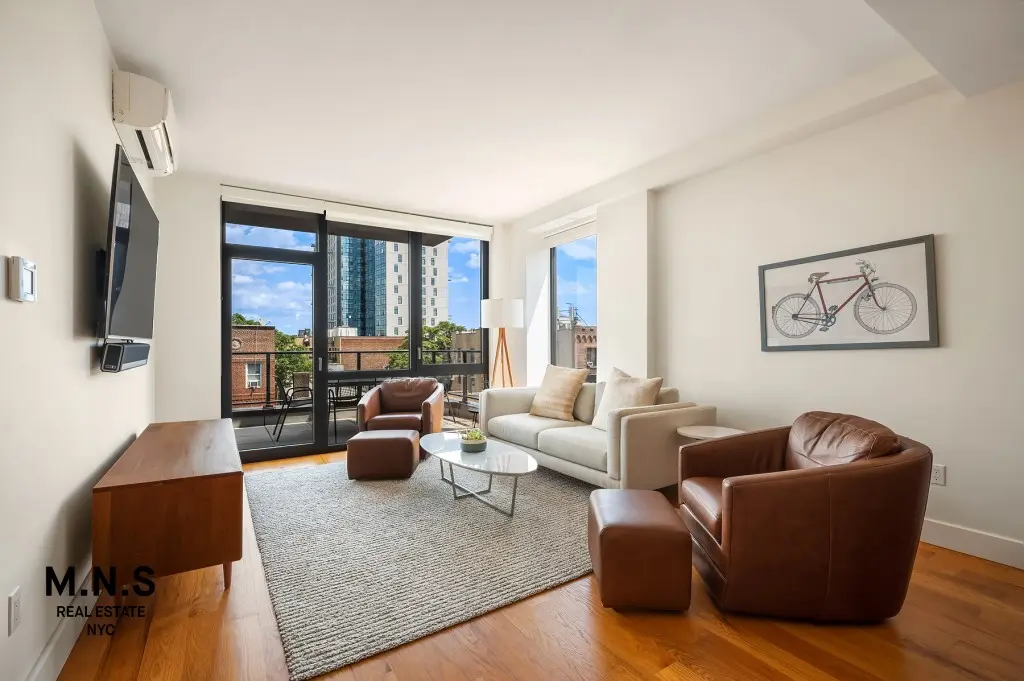
2100 Bedford Avenue, #7B (MNS)
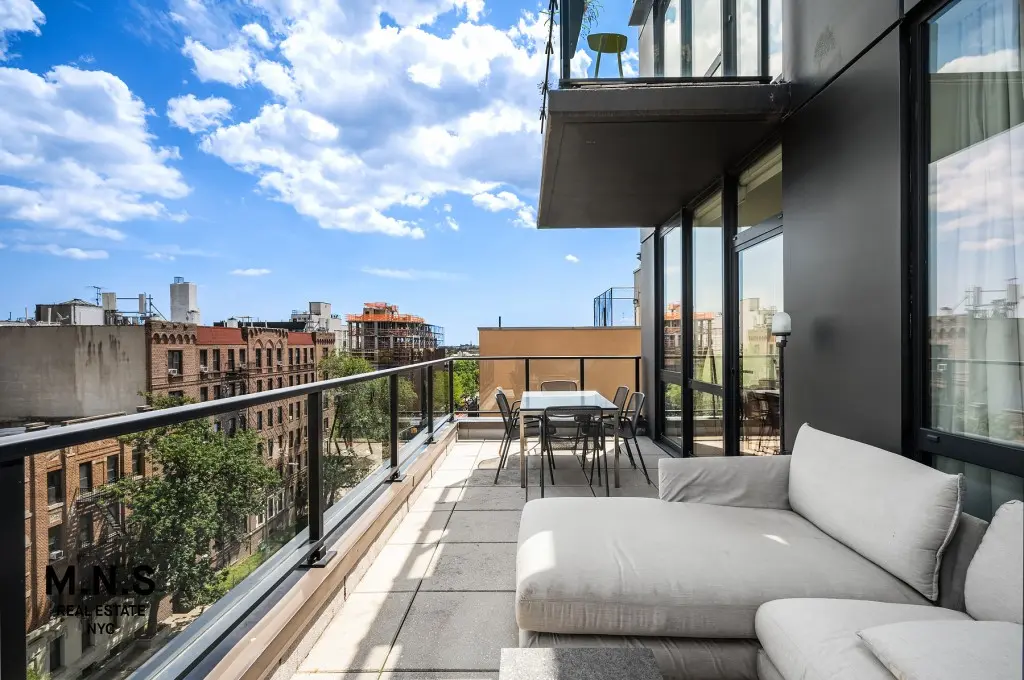
Belltel Lofts, #PH25C
$1,550,000 (-22%)
Downtown Brooklyn | Condominium | 3 Bedrooms, 3 Baths | 1,915 ft2
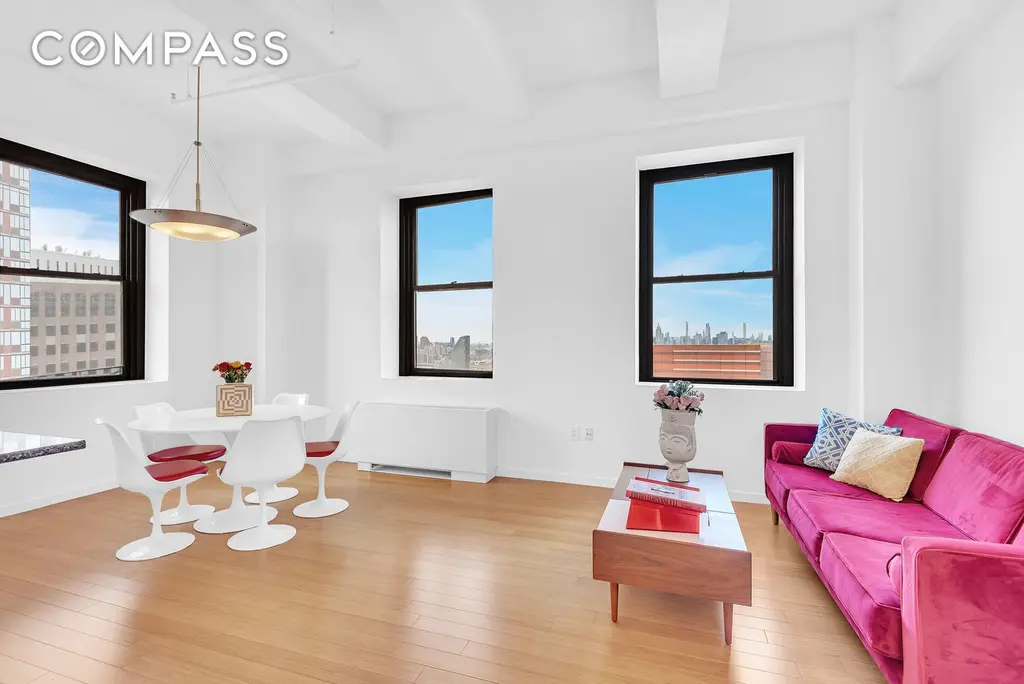
Belltel Lofts, #PH25C (Compass)


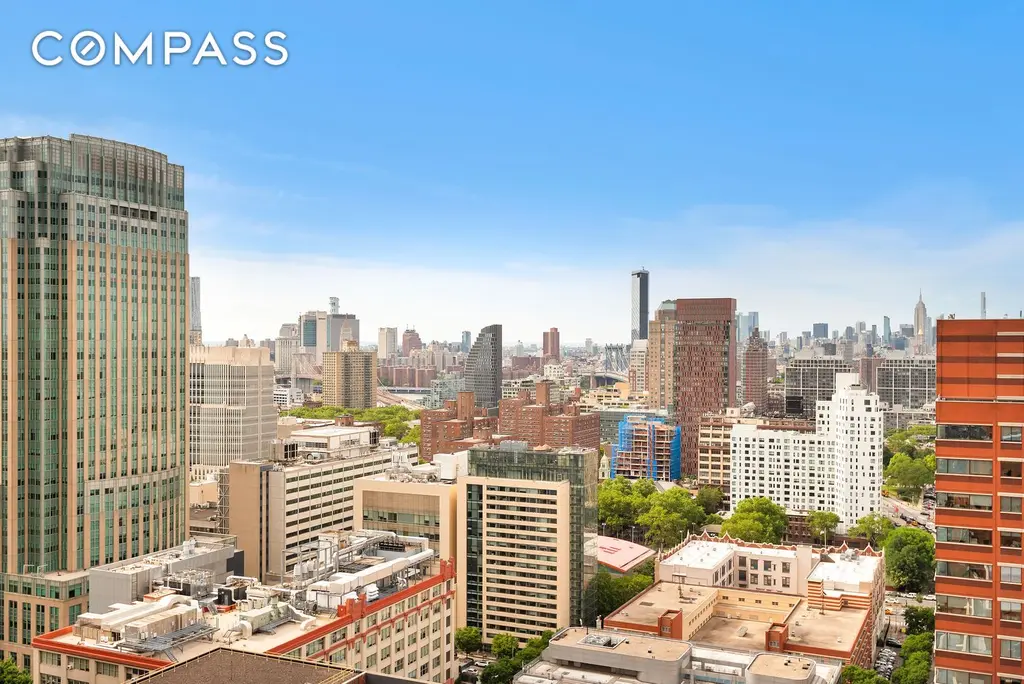
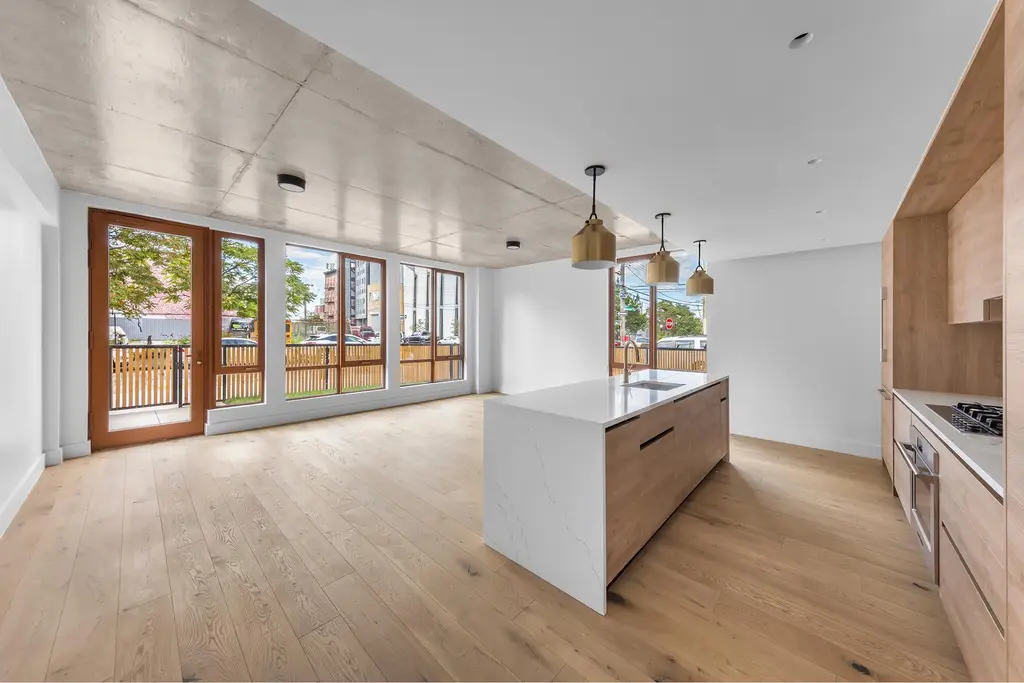
The Conover, #GARDENA (Douglas Elliman Real Estate)


The Huron, #2AE (Serhant LLC)

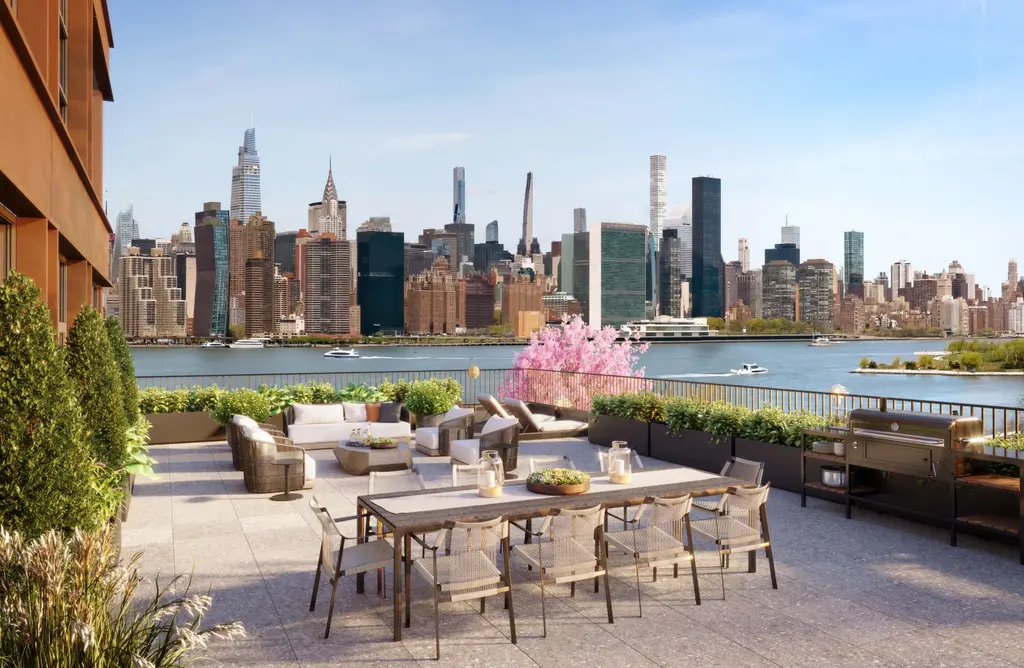
The View at East Coast, #PH4
$2,895,000
Long Island City | Condominium | 3 Bedrooms, 3 Baths | 1,763 ft2

The View at East Coast, #PH4 (Douglas Elliman Real Estate)
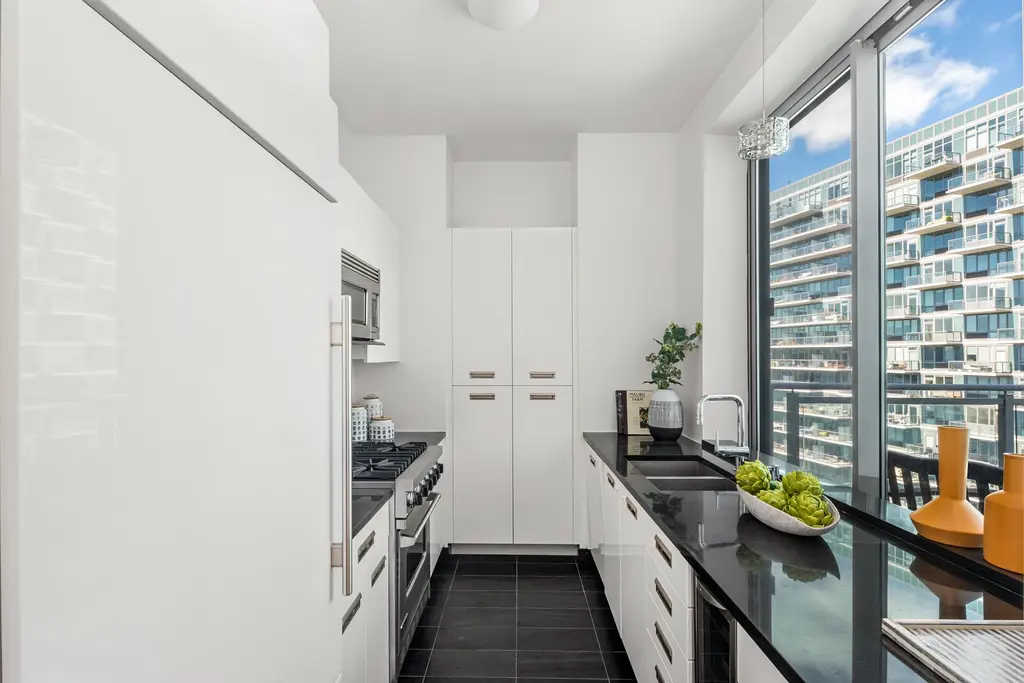
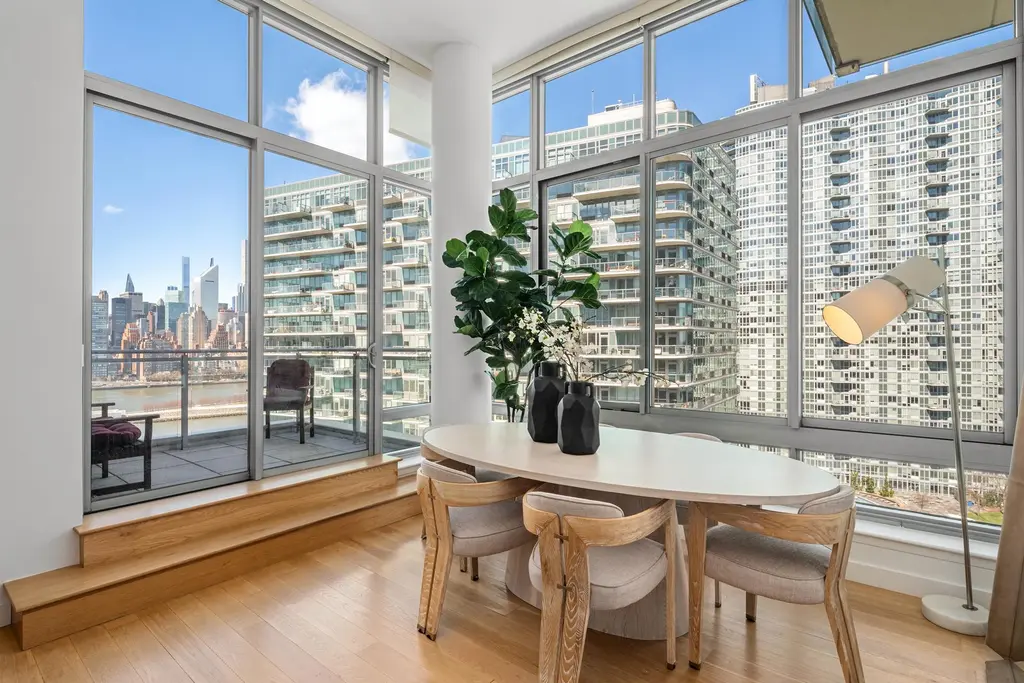
Lower Manhattan
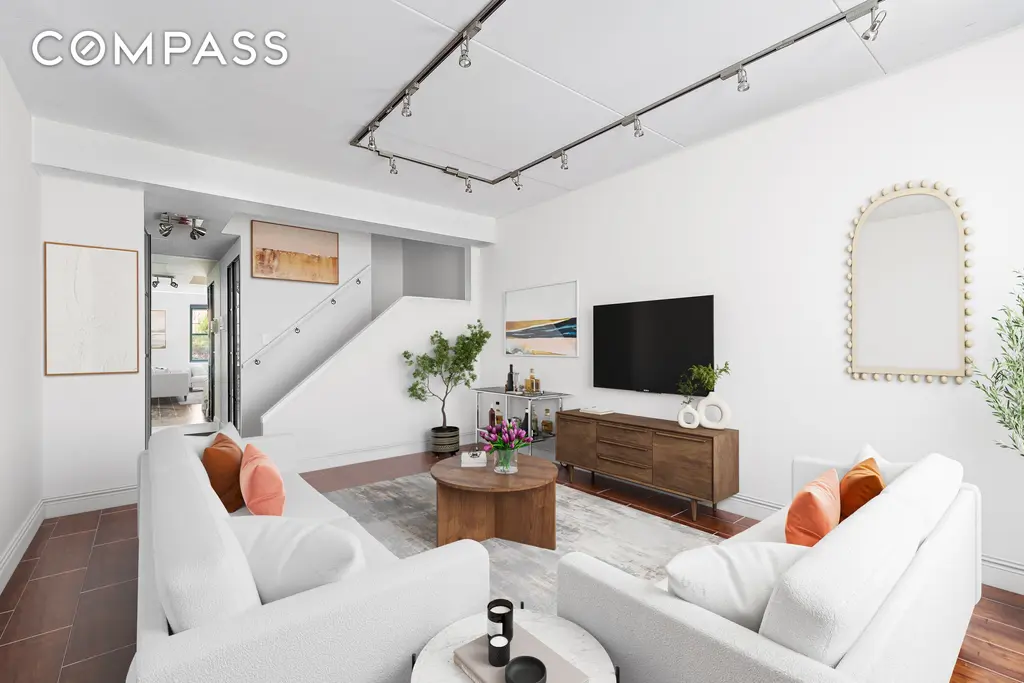
West Village Houses, #GB (Compass)
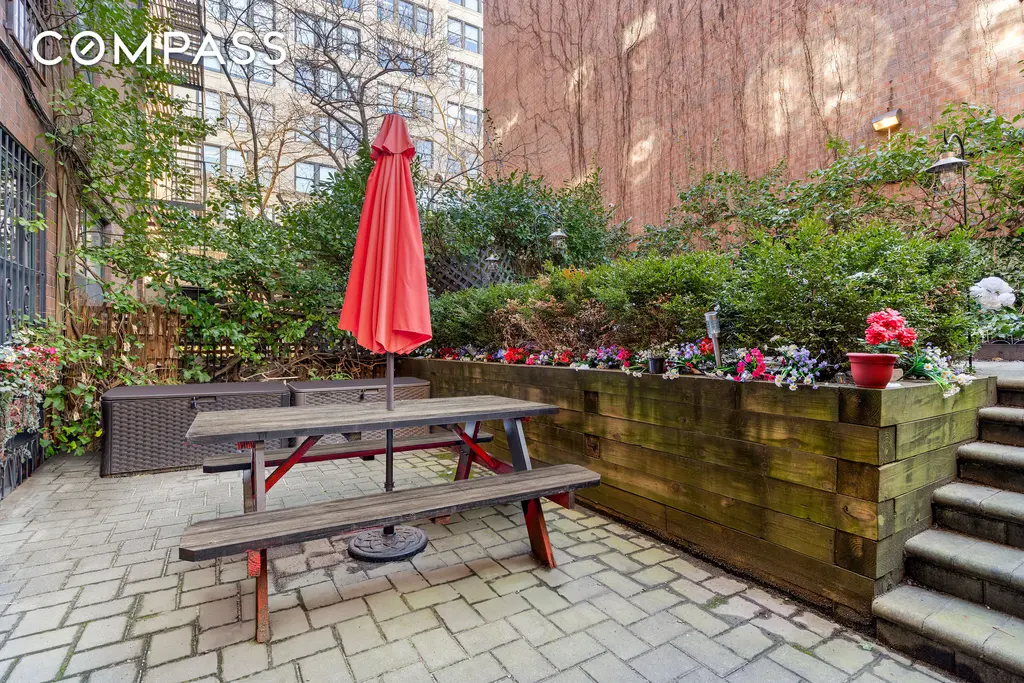

176 Broadway, #PHC (Douglas Elliman Real Estate)
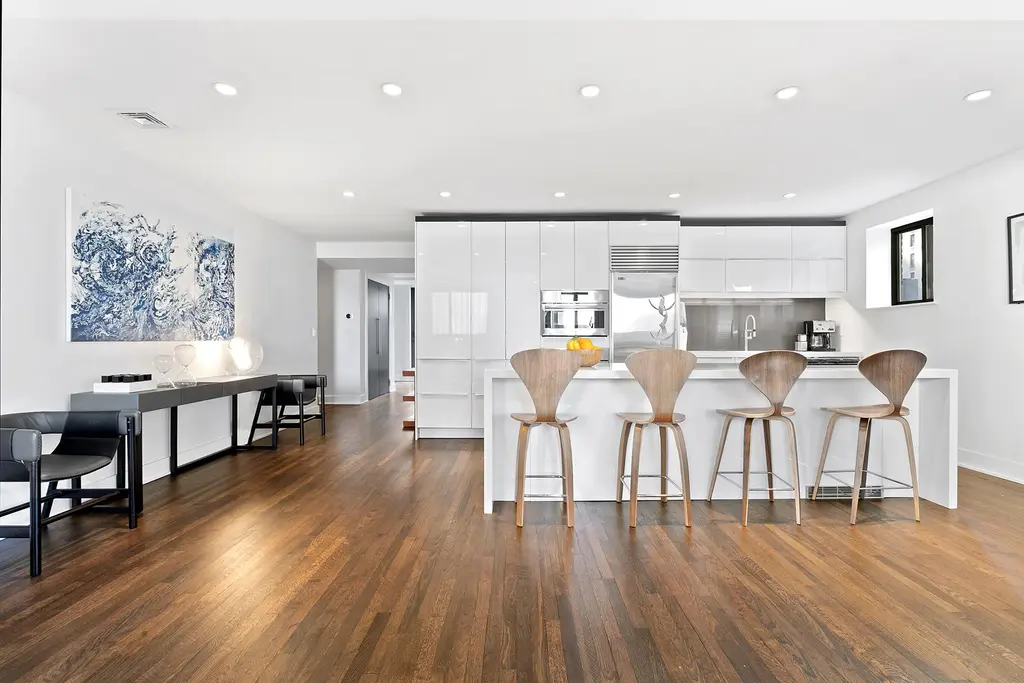
Would you like to tour any of these properties?
Just complete the info below.
Or call us at (212) 755-5544

11 Charlton Street, #1AB (Douglas Elliman Real Estate)
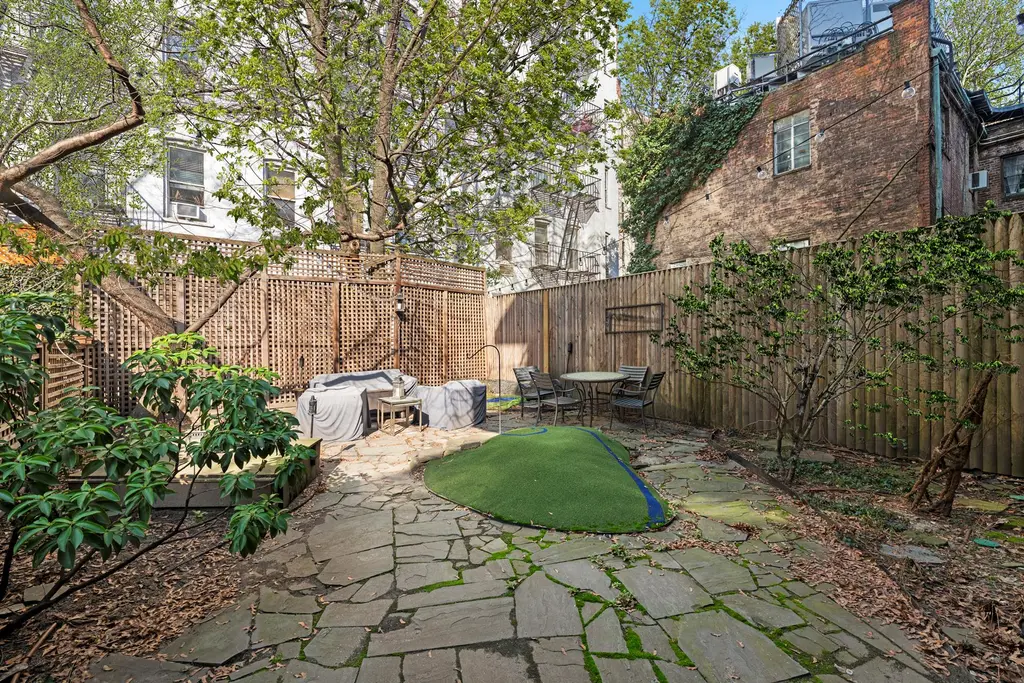
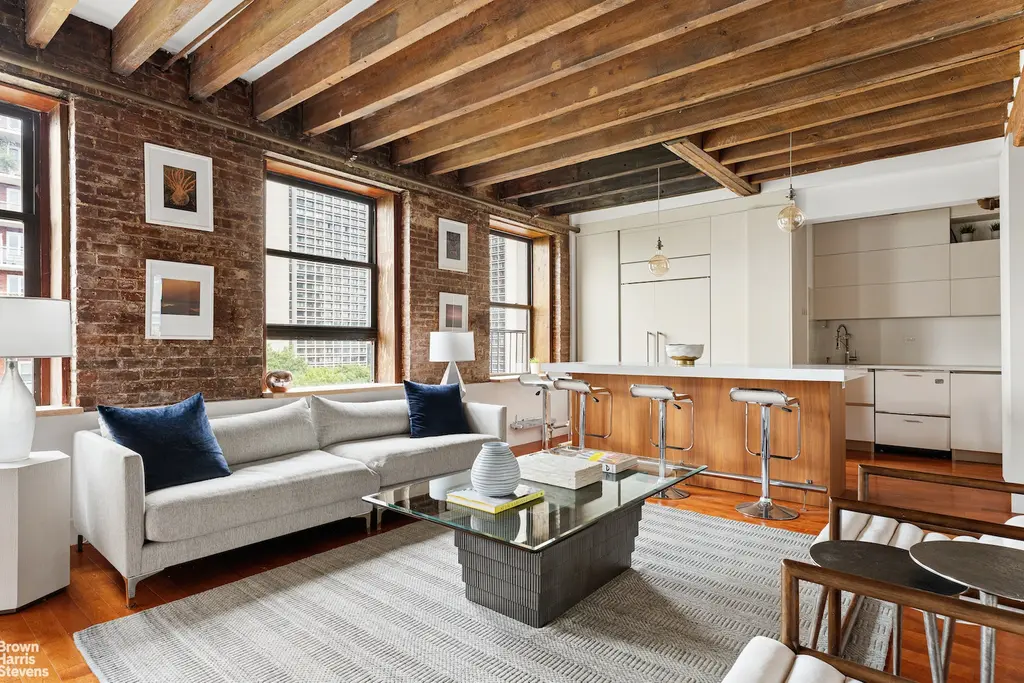
520 LaGuardia Place, #PH7N (Brown Harris Stevens Residential Sales LLC)
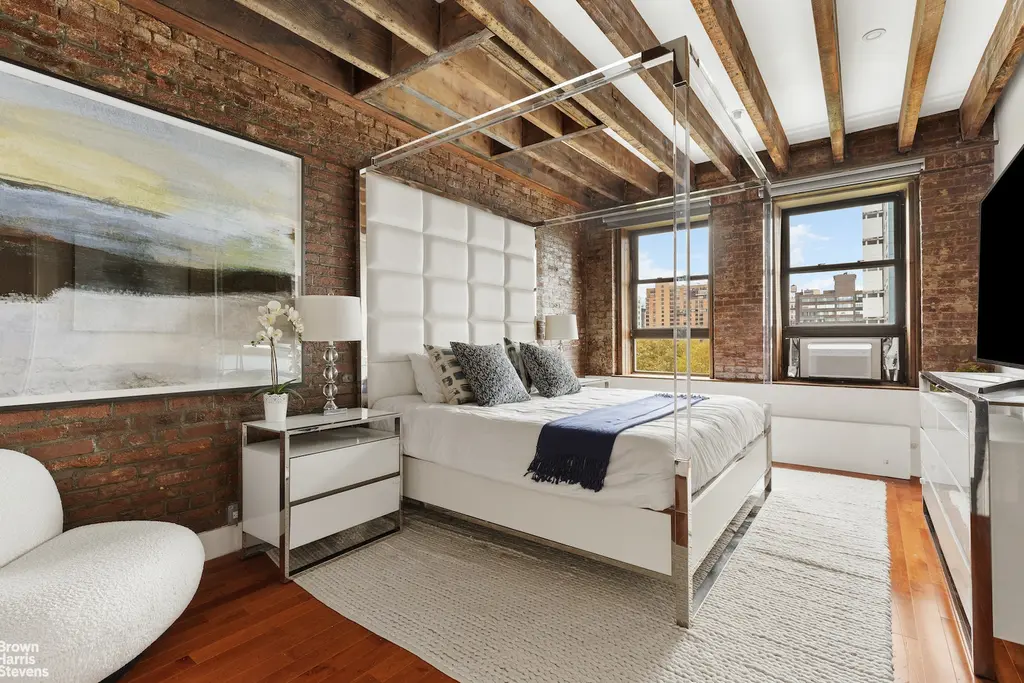

40 West 17th Street, #3B (Compass)
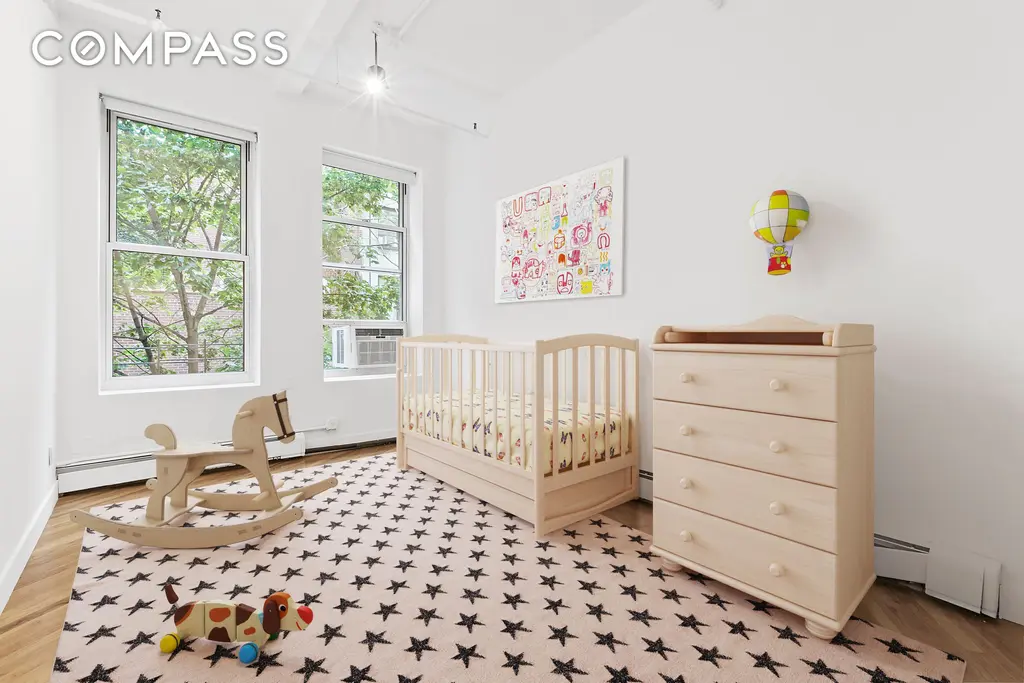
12 West 17th Street, #9
$2,950,000
Flatiron/Union Square | Cooperative | 3 Bedrooms, 2 Baths | 2,750 ft2
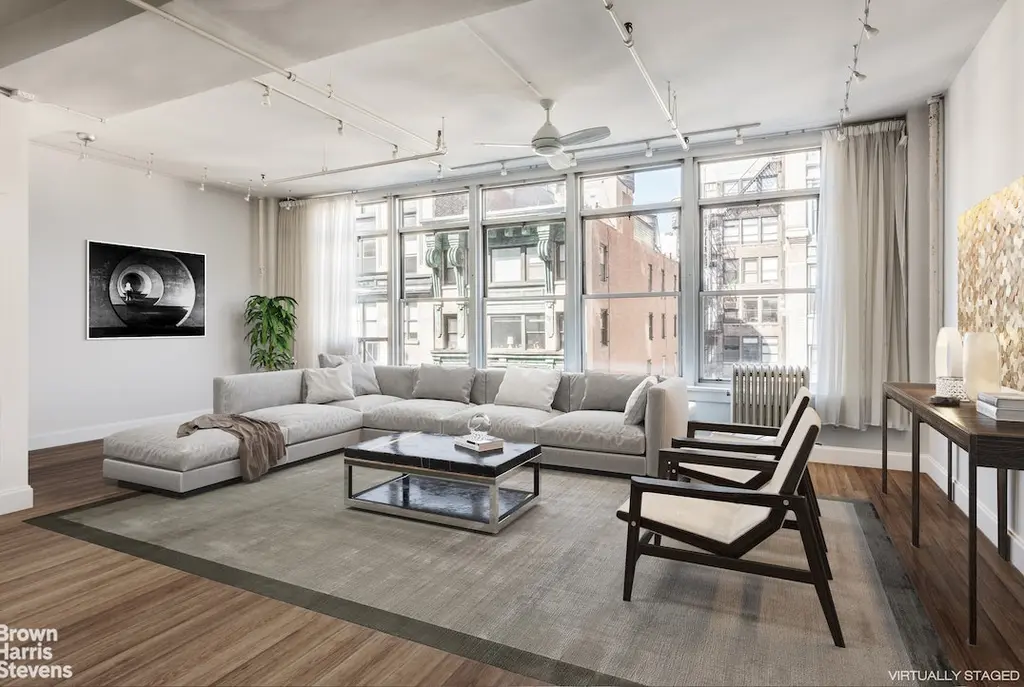
12 West 17th Street, #9 (Brown Harris Stevens Residential Sales LLC)

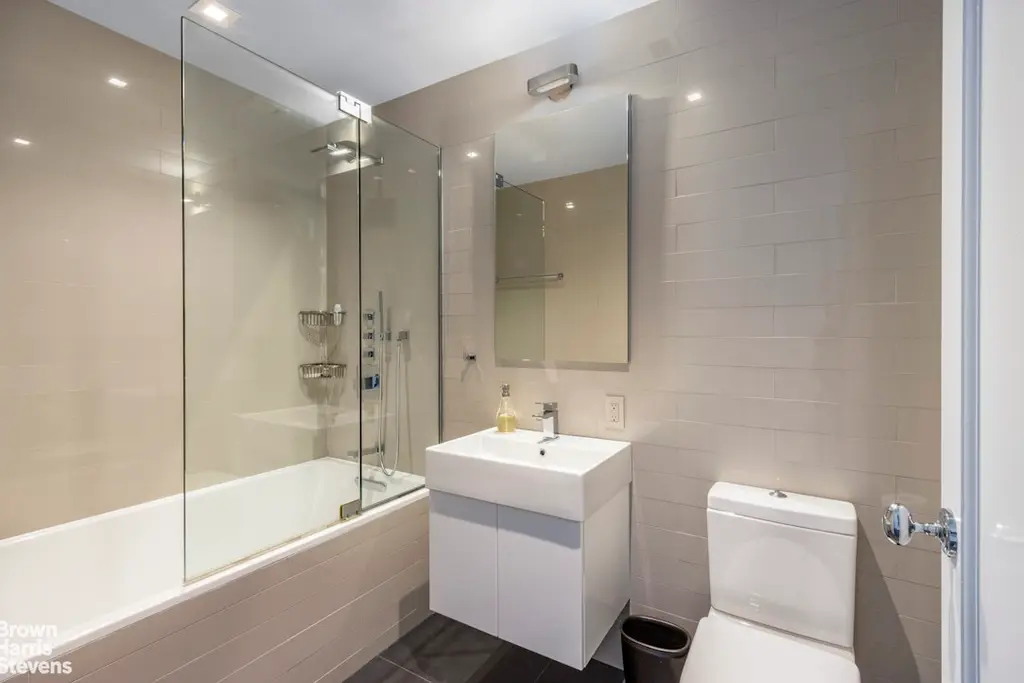
The Cass Gilbert, #17A (Brown Harris Stevens Residential Sales LLC)
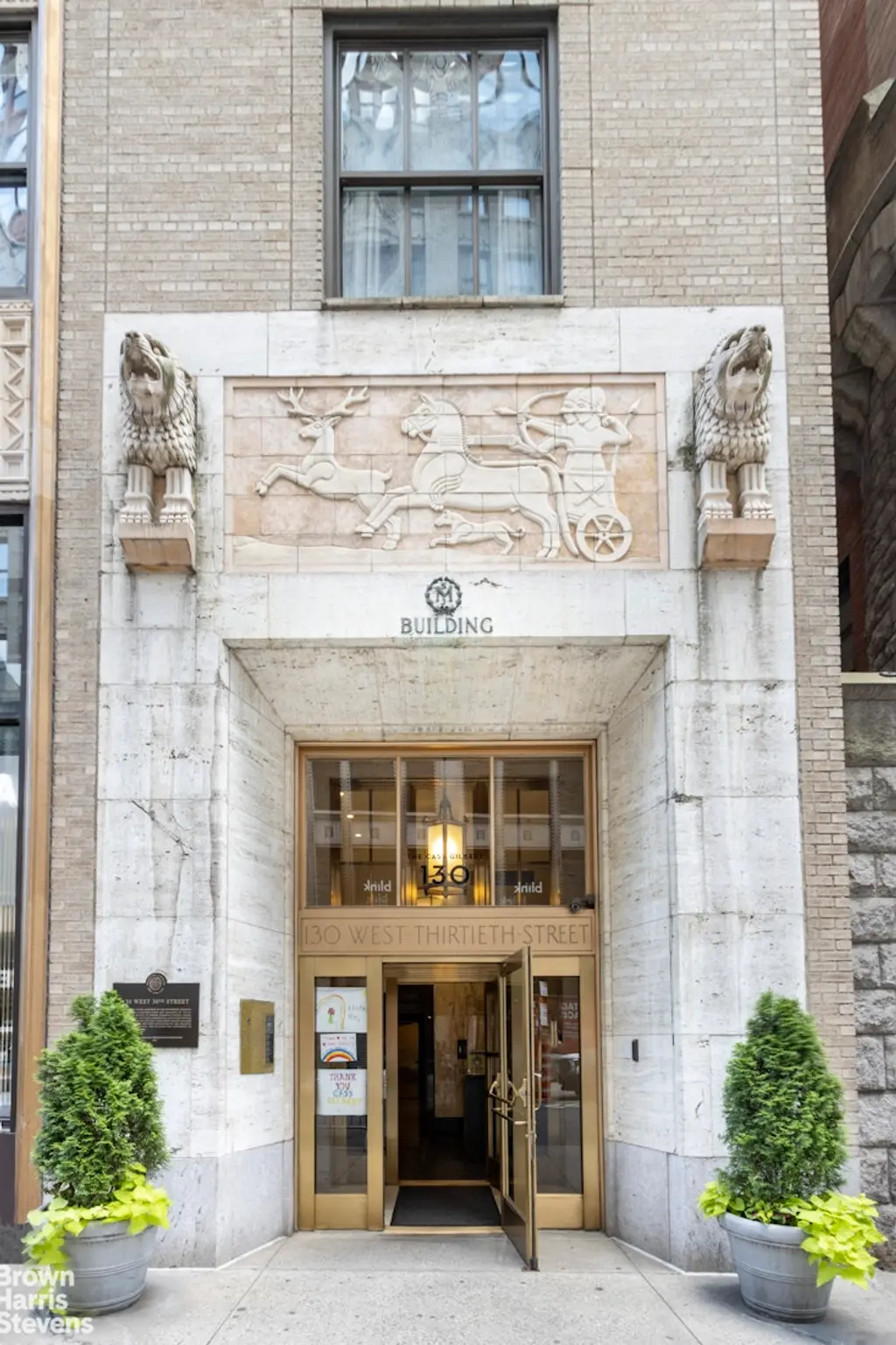
Midtown
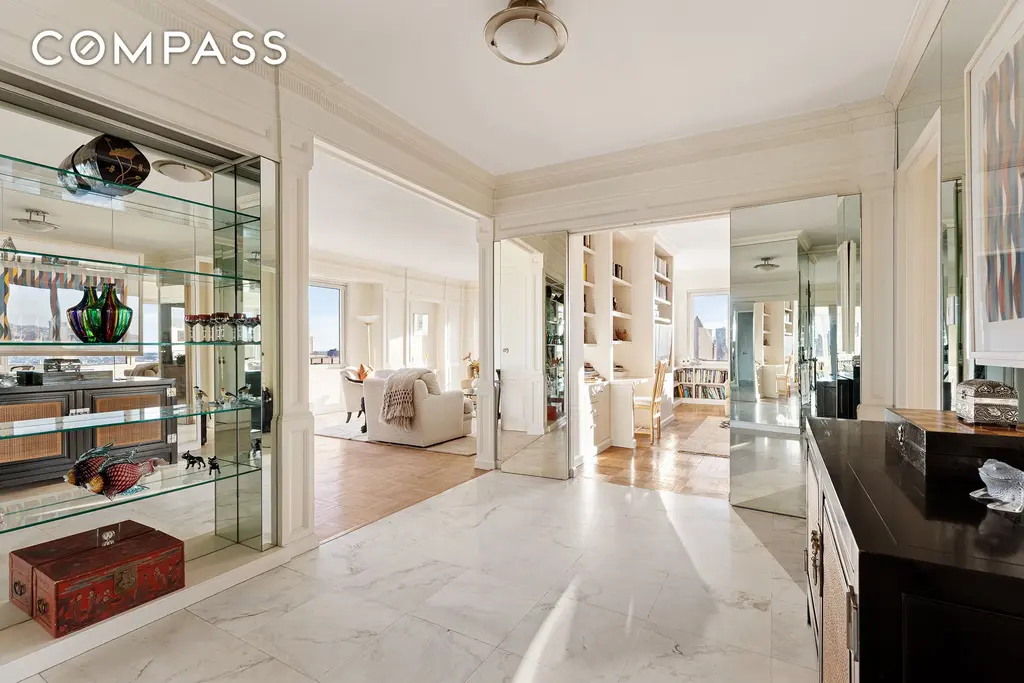
The Excelsior, #39A (Compass)
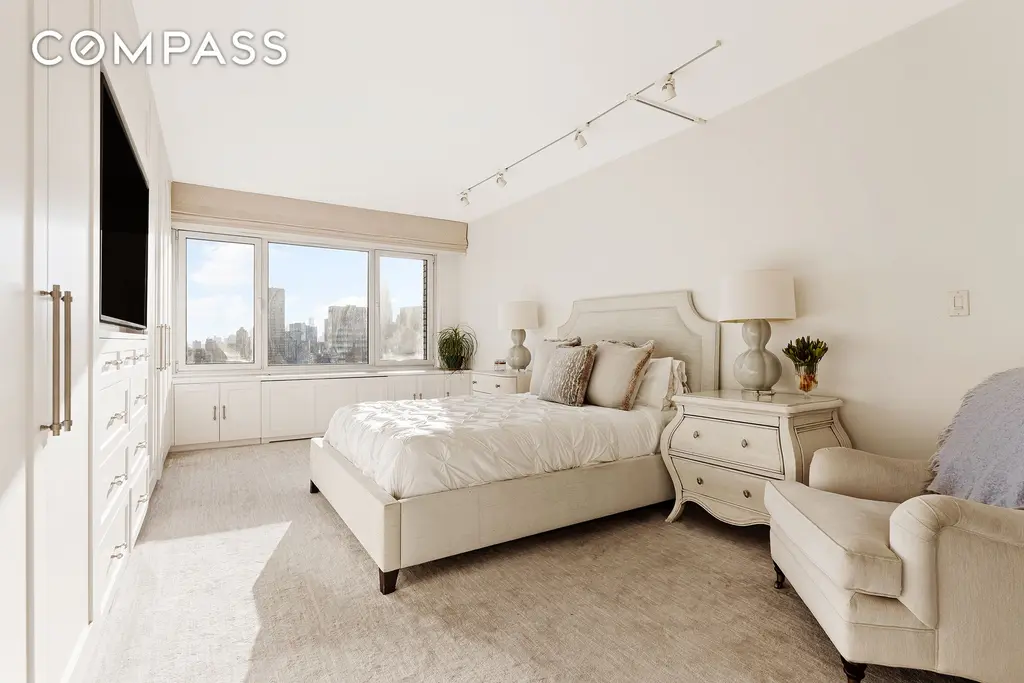

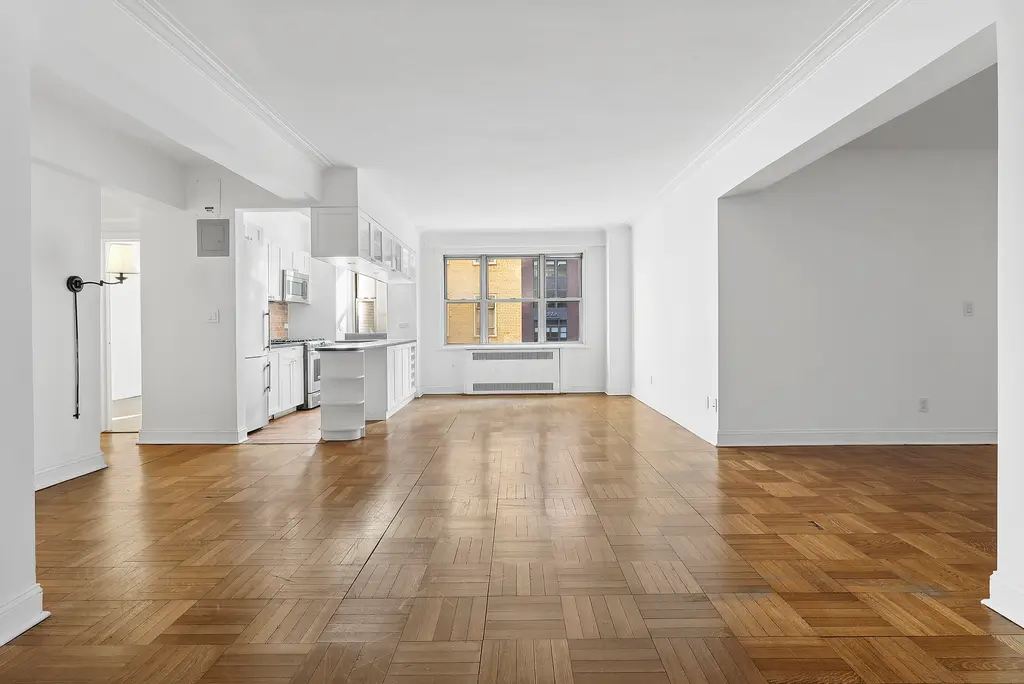
The John Murray House, #4LN (Christies International Real Estate Group LLC)

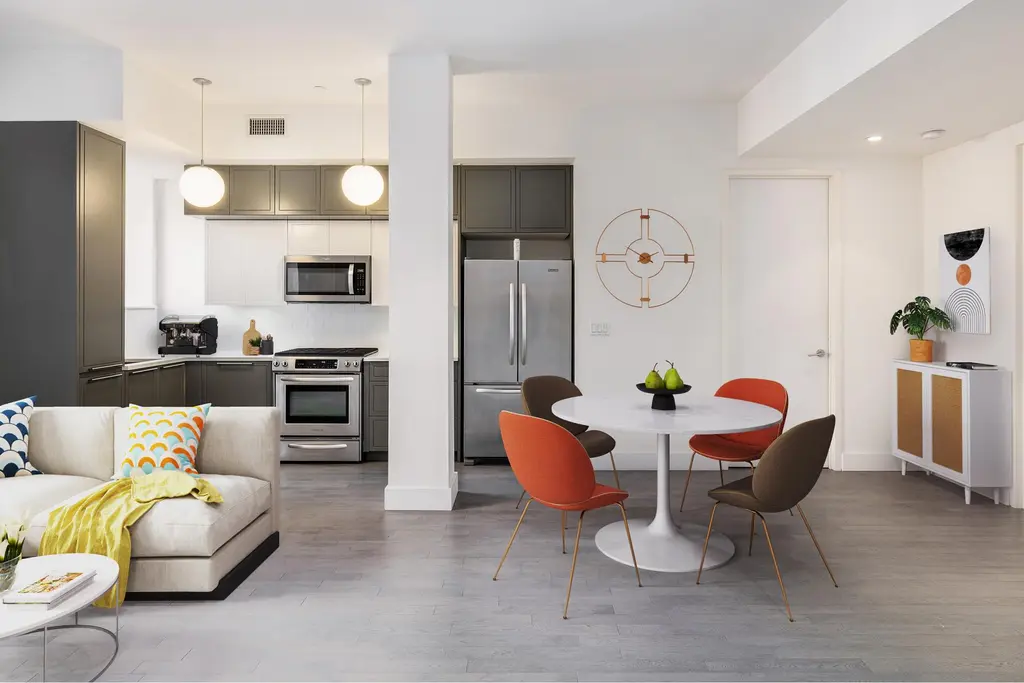
NINE52, #406 (Douglas Elliman Real Estate)
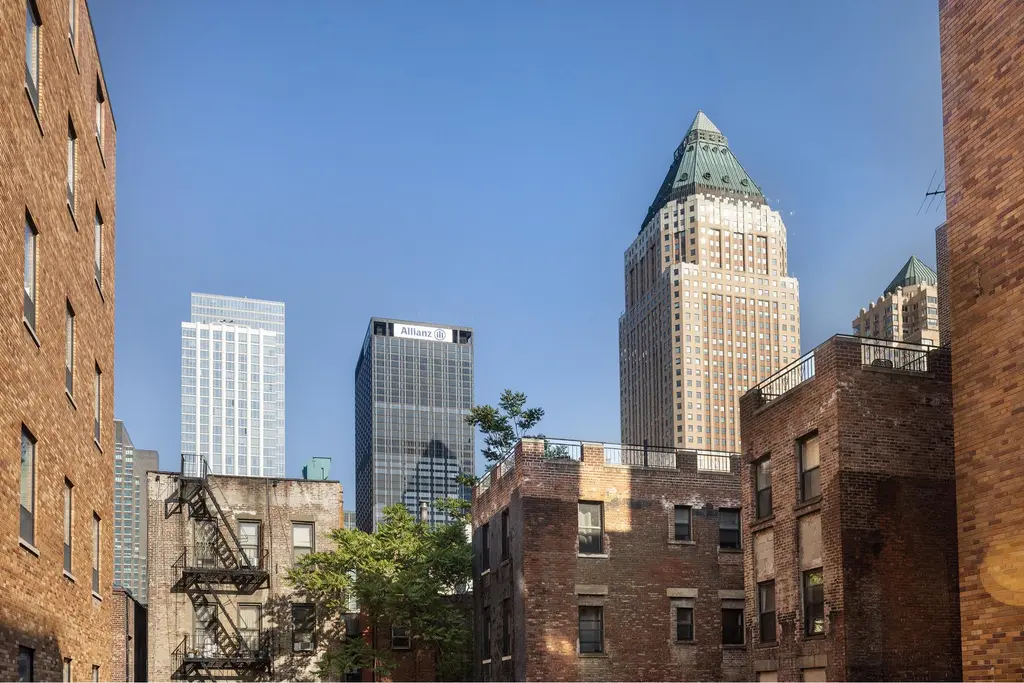
860 United Nations Plaza, #35/36D
$1,995,000
Turtle Bay/United Nations | Cooperative | 3 Bedrooms, 4 Baths
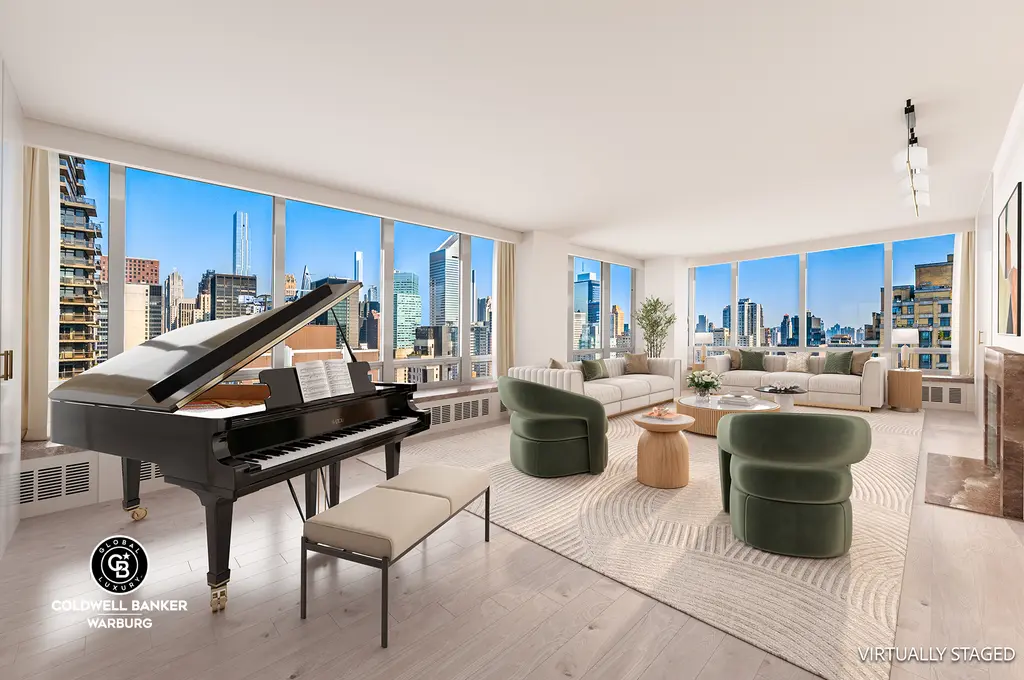
860 United Nations Plaza, #35/36D (Coldwell Banker Warburg)
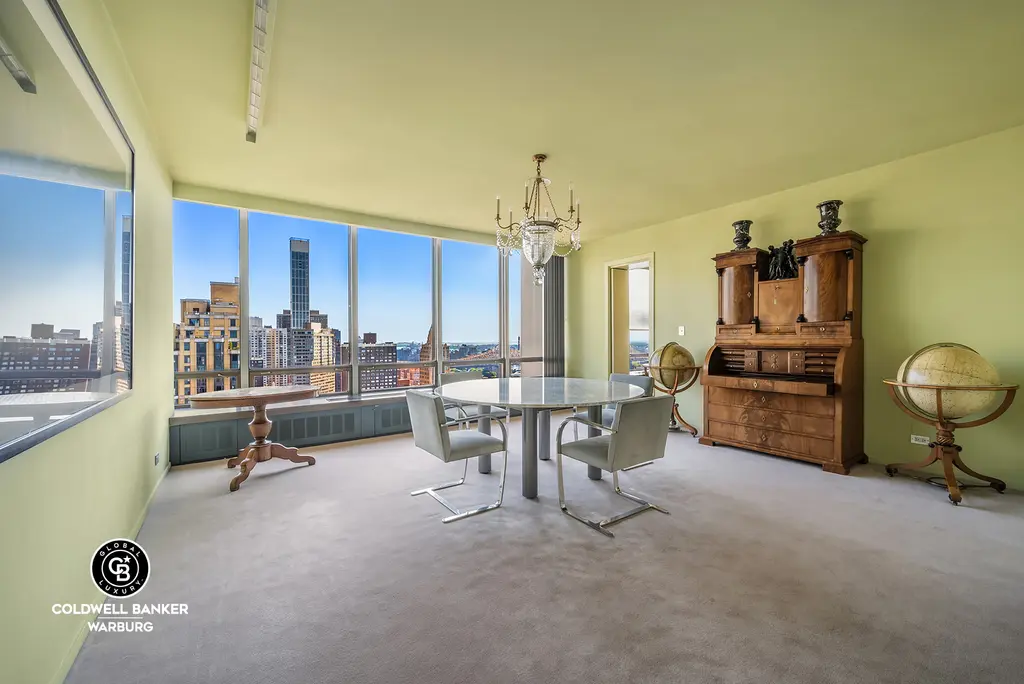
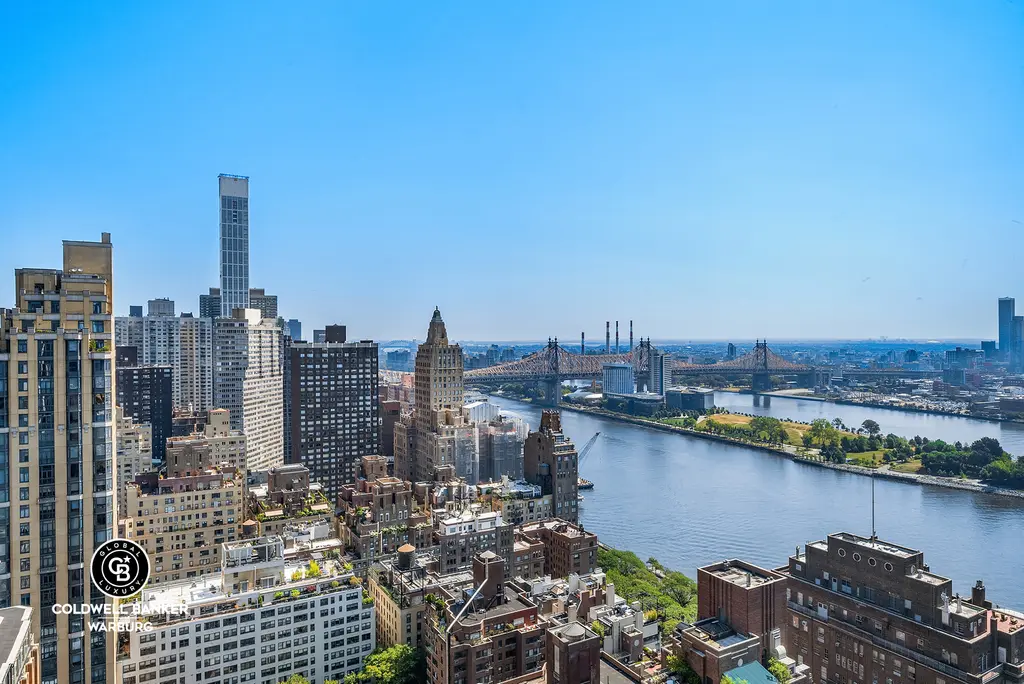
410 East 57th Street, #15B
$1,995,000 (-11.3%)
Beekman/Sutton Place | Cooperative | 3 Bedrooms, 3 Baths
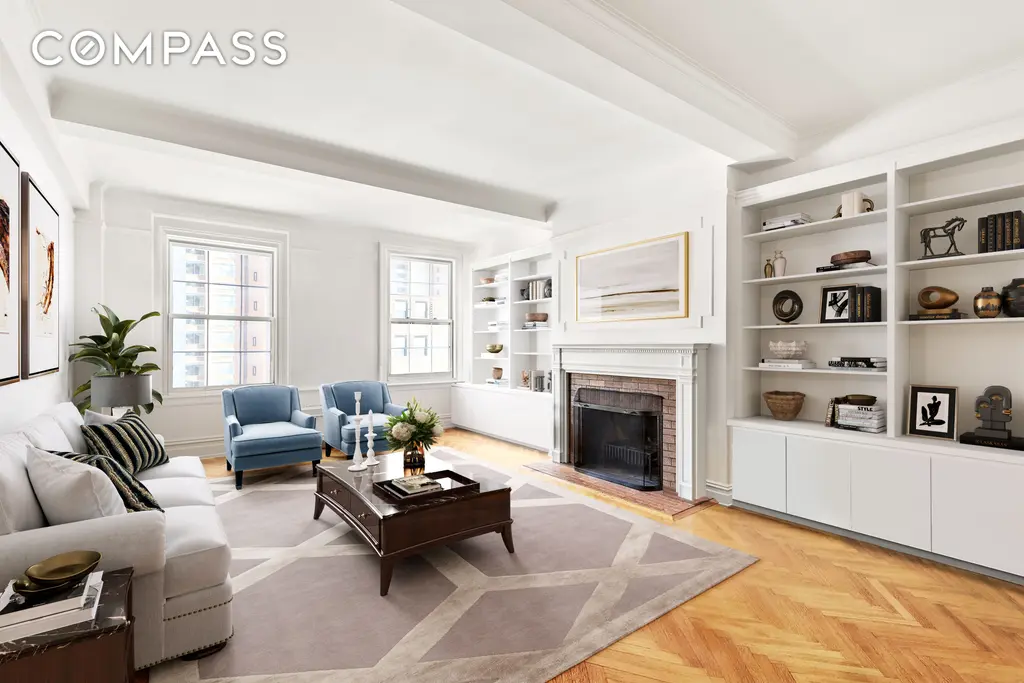
410 East 57th Street, #15B (Compass)

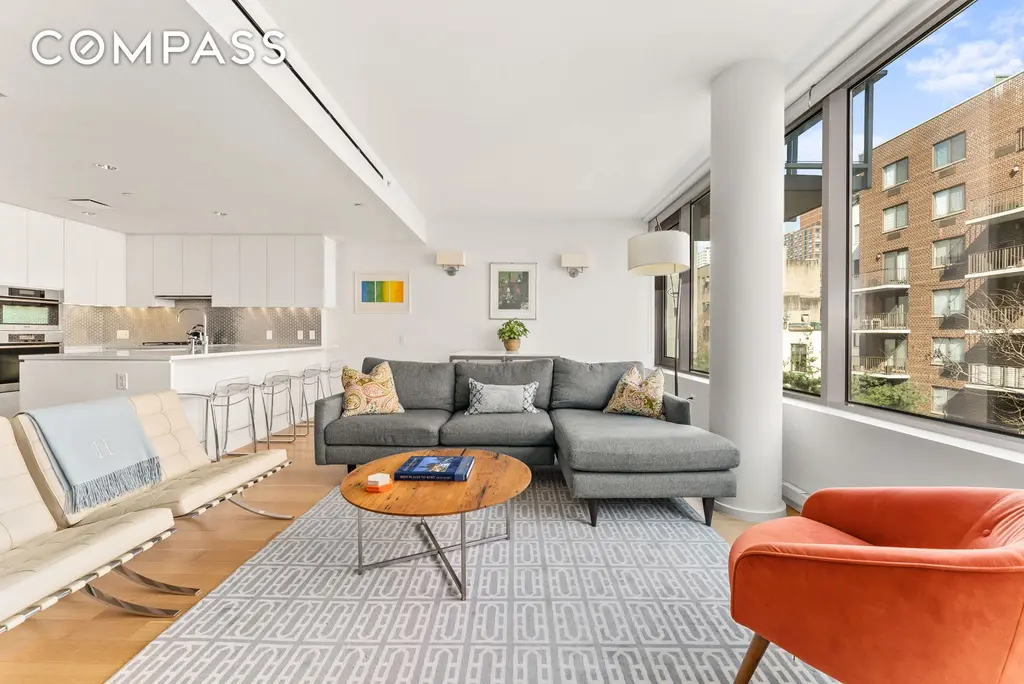
The Dillon, #416 (Compass)
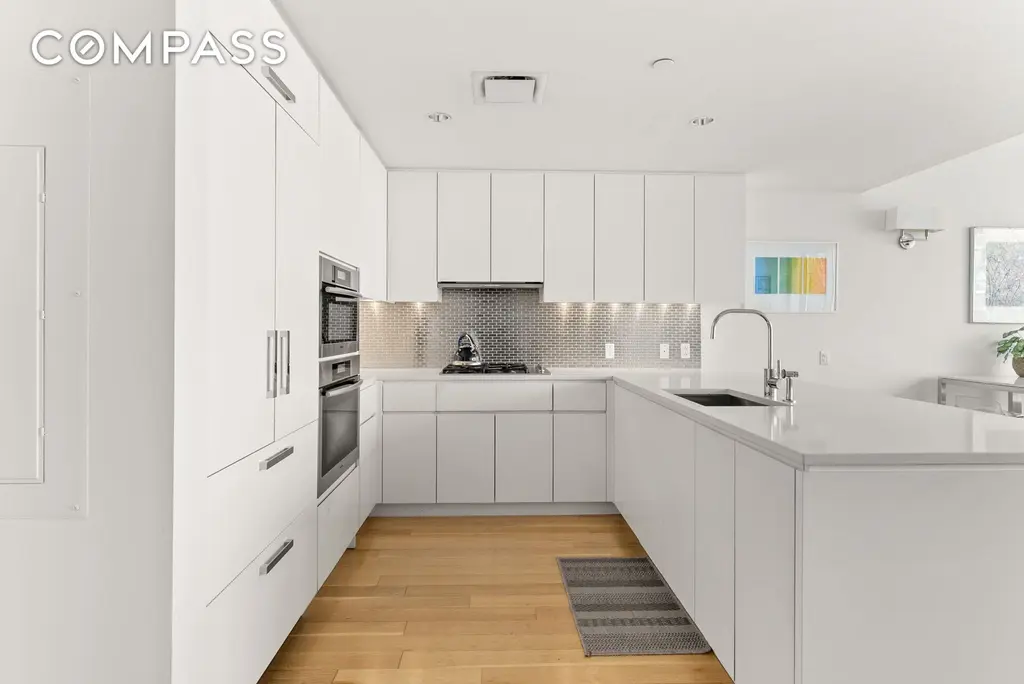

The Lumiere, #4BC (Compass)
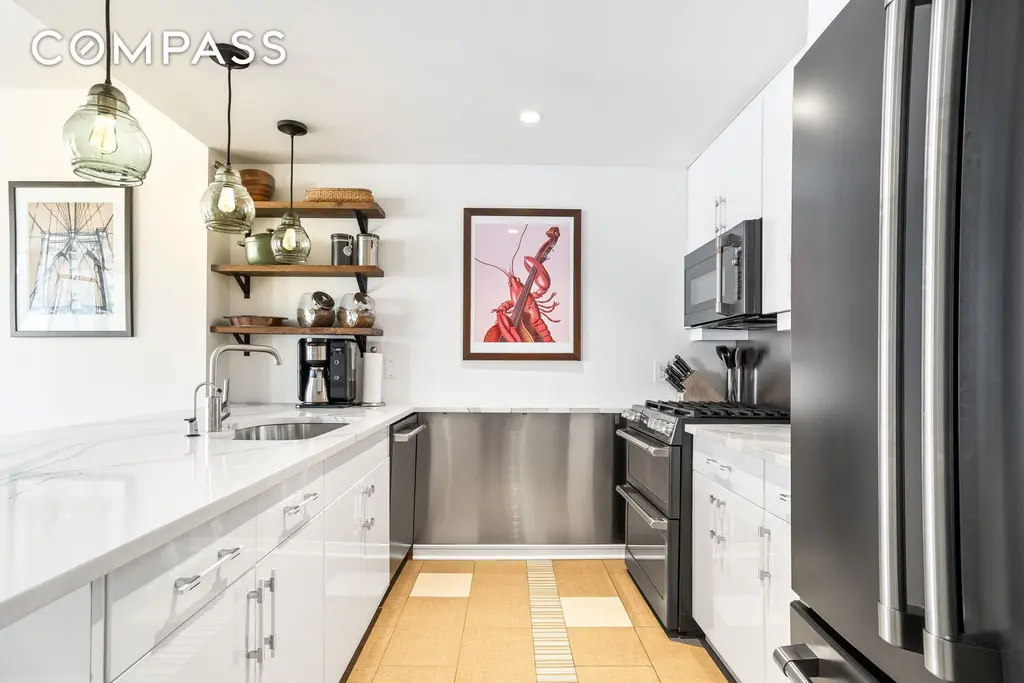

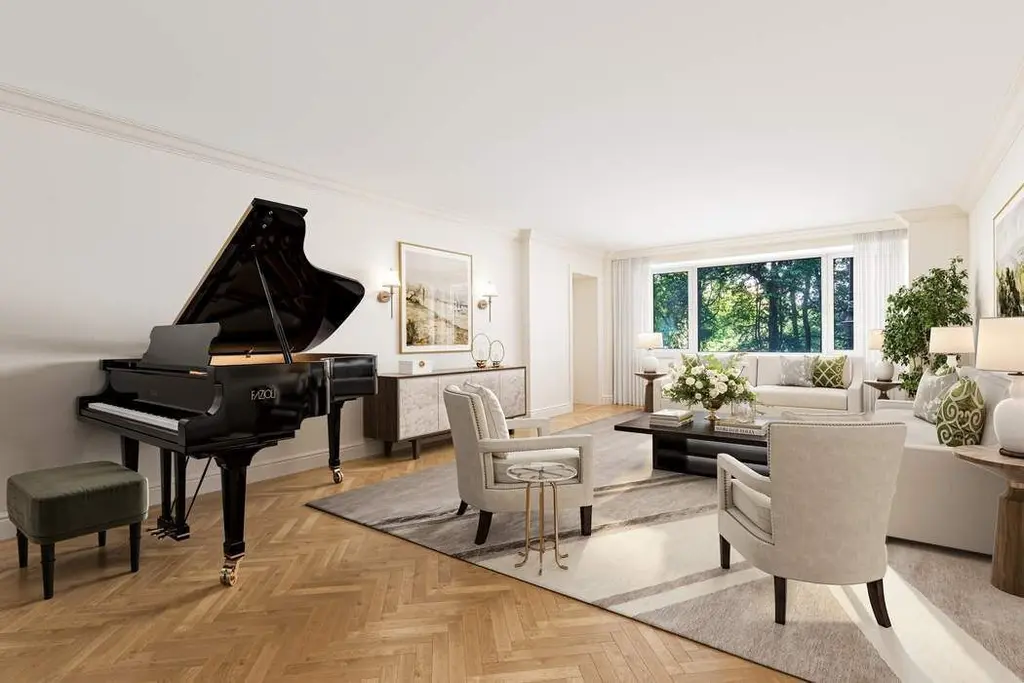
24 Central Park South, #3W (Sothebys International Realty)
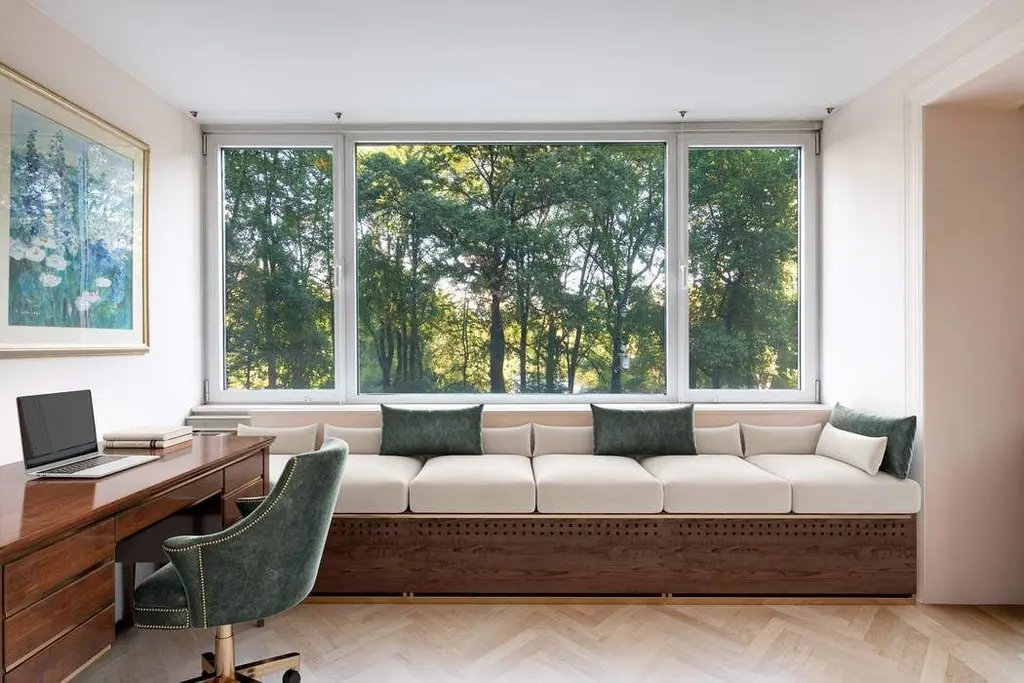
The Lombardy, #PH19
$3,000,000 (-14.3%)
Midtown East | Cooperative | 3 Bedrooms, 2.5 Baths | 3,000 ft2
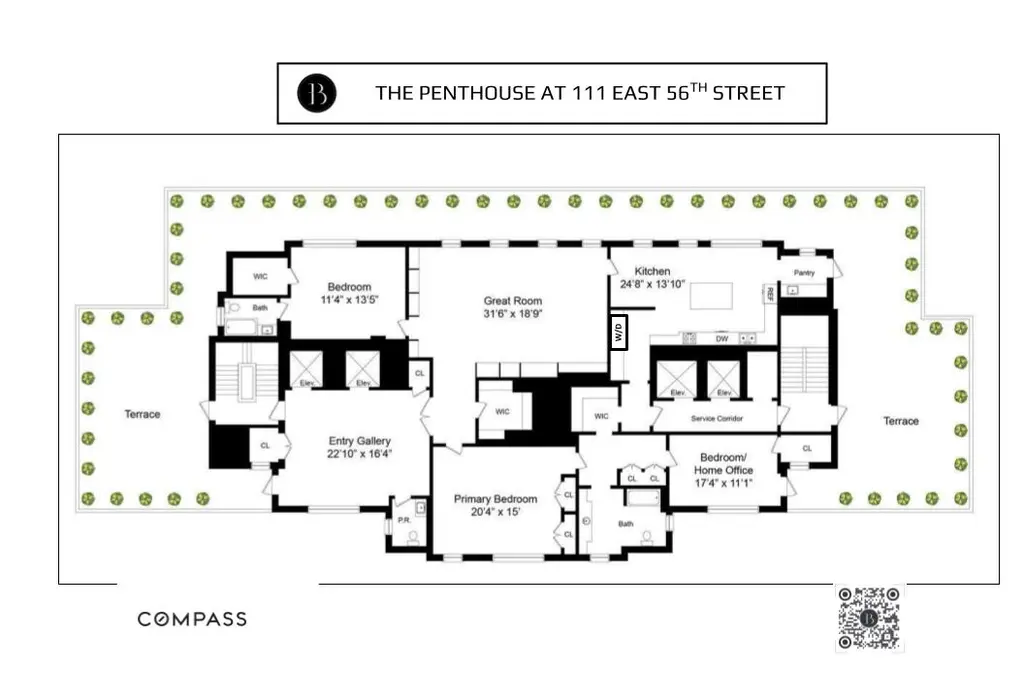
The Lombardy, #PH19 (Compass)
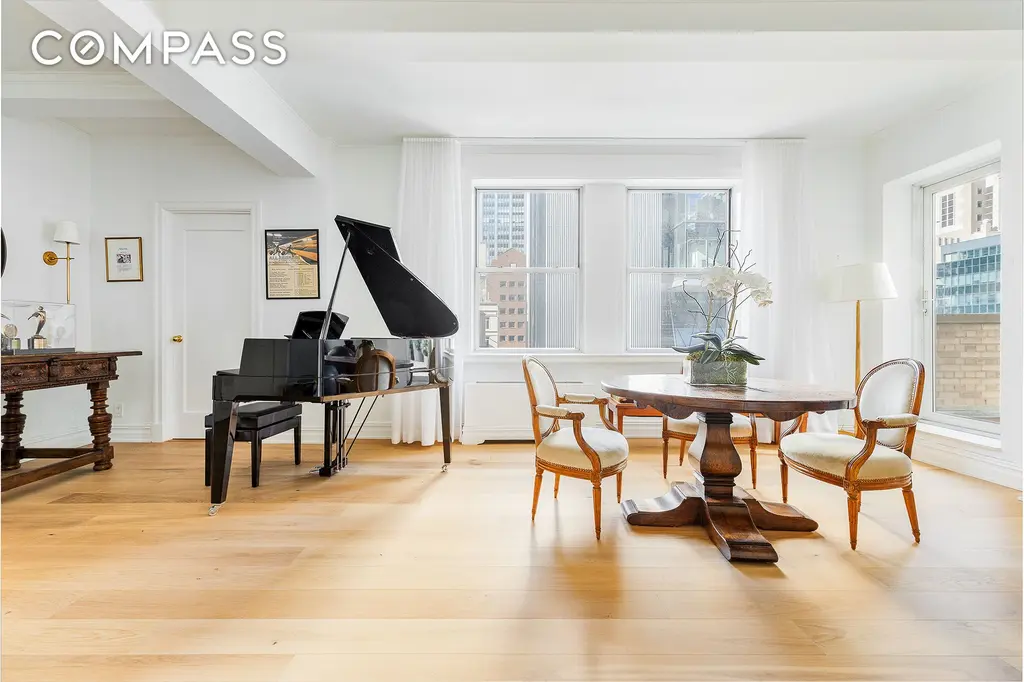
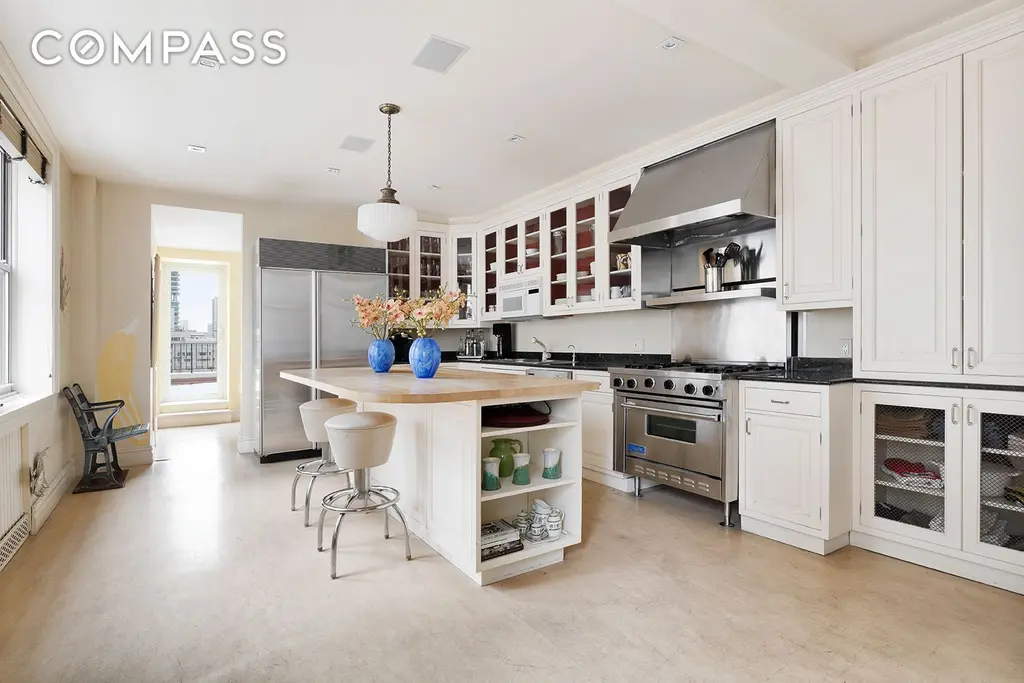
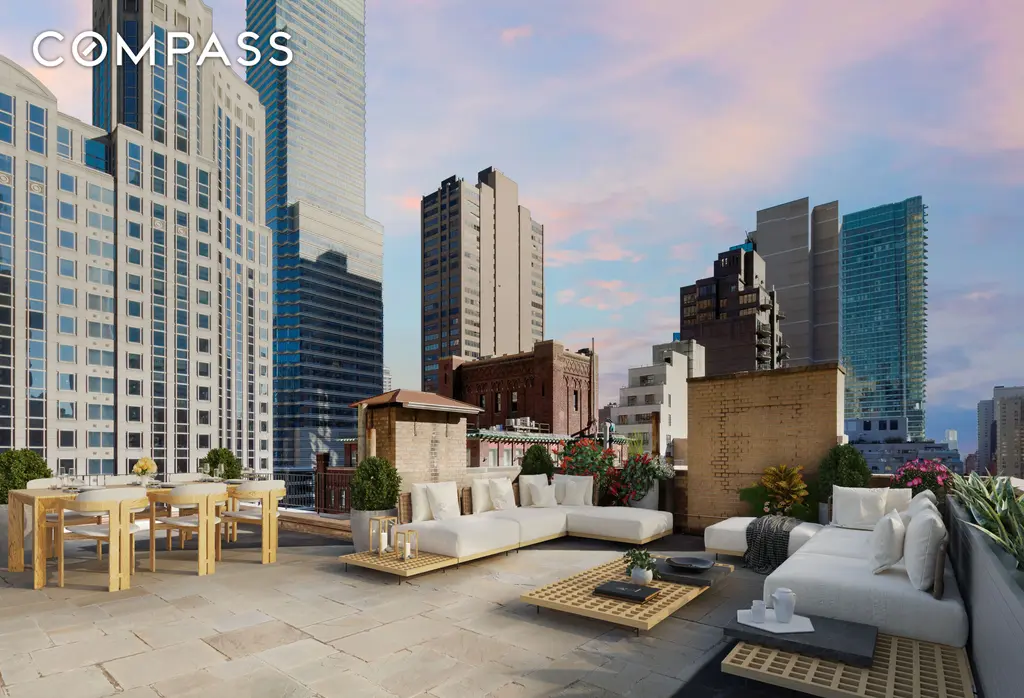
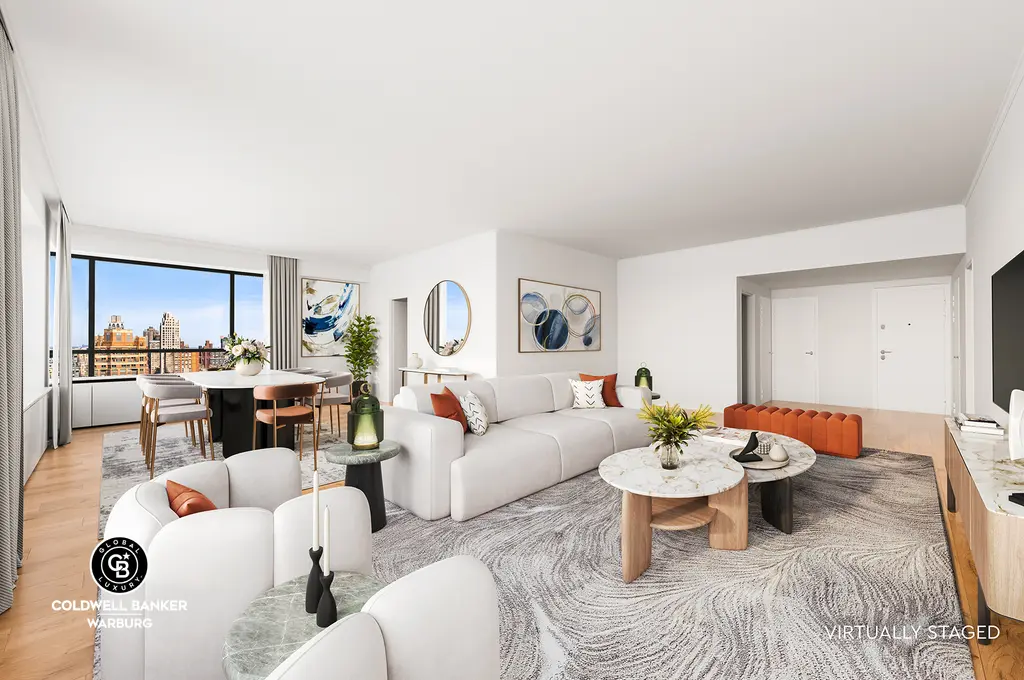
Tower East, #35A (Coldwell Banker Warburg)
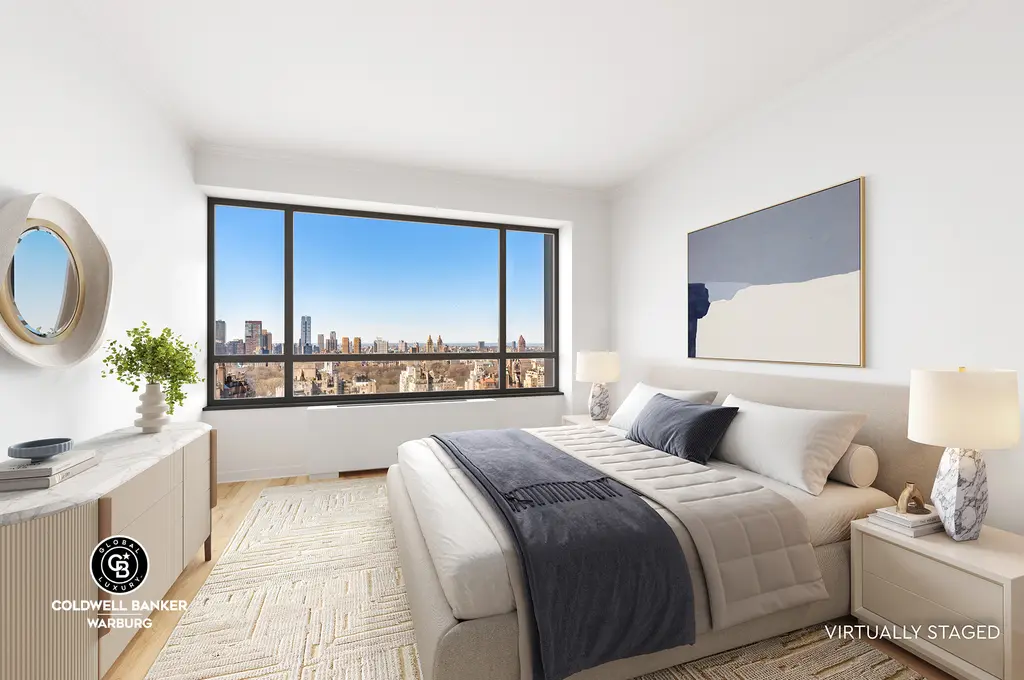
888 Park Avenue, #MAISONETTE
$1,595,000 (-36.1%)
Park/Fifth Ave. to 79th St. | Cooperative | 3 Bedrooms, 1.5 Baths | 2,000 ft2

888 Park Avenue, #MAISONETTE (Brown Harris Stevens Residential Sales LLC)

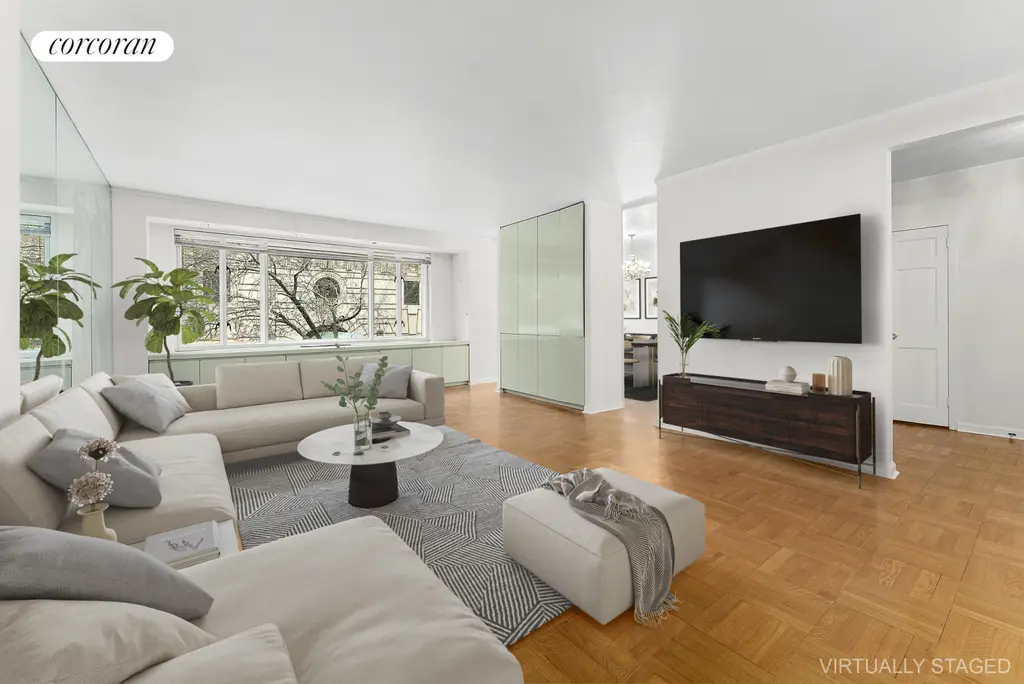
179 East 70th Street, #2B (Corcoran Group)
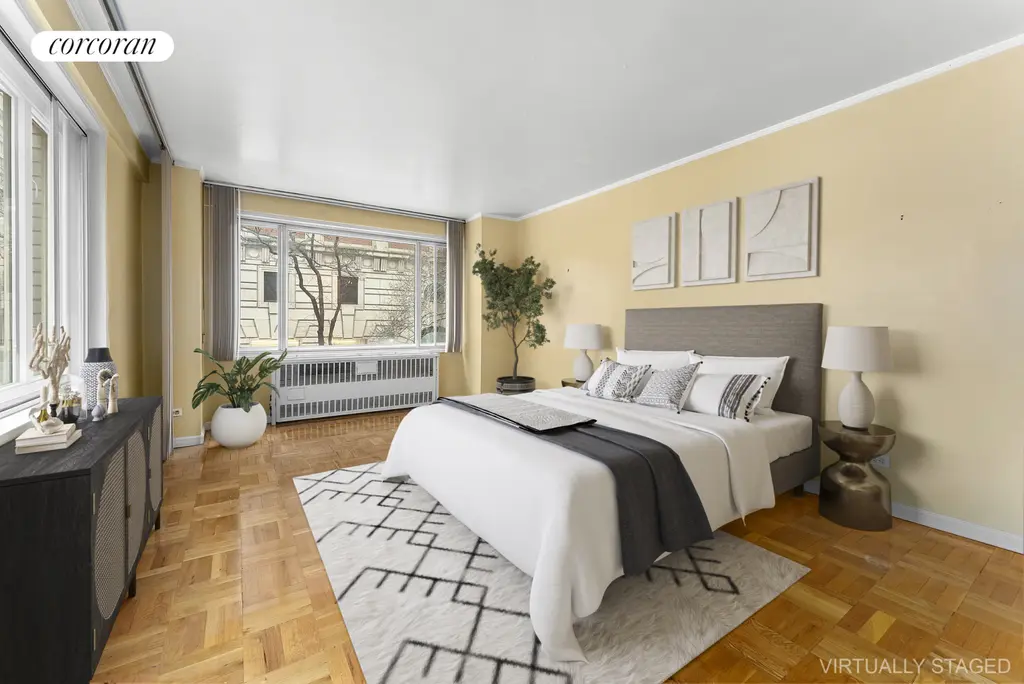
The Central Park View, #12E
$1,999,000 (-13.1%)
Central Park West | Cooperative | 3 Bedrooms, 2.5 Baths
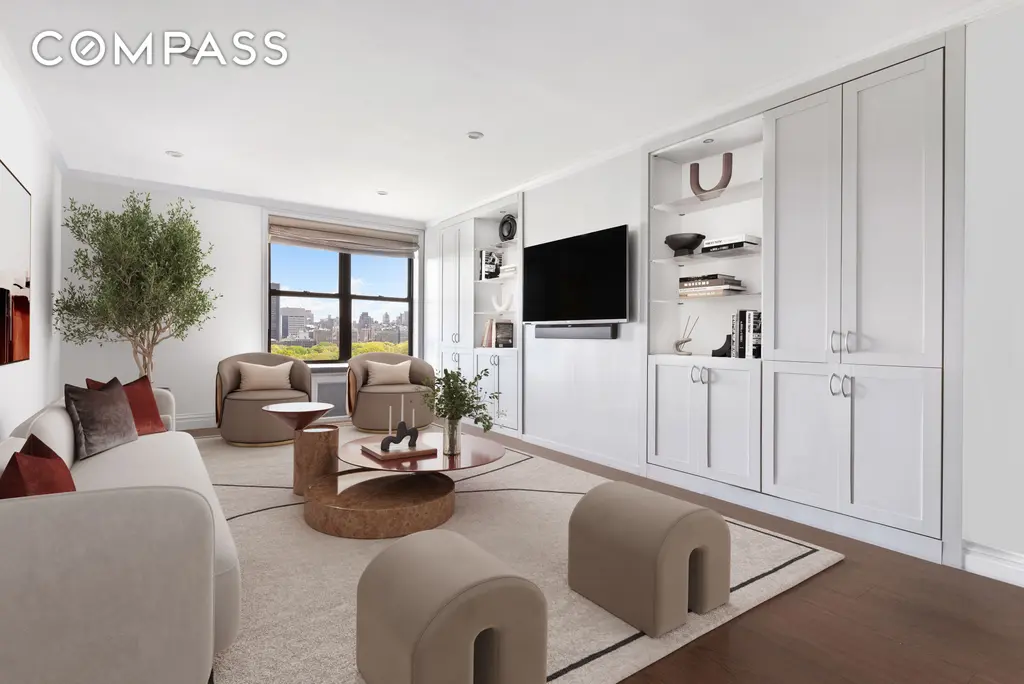
The Central Park View, #12E (Compass)
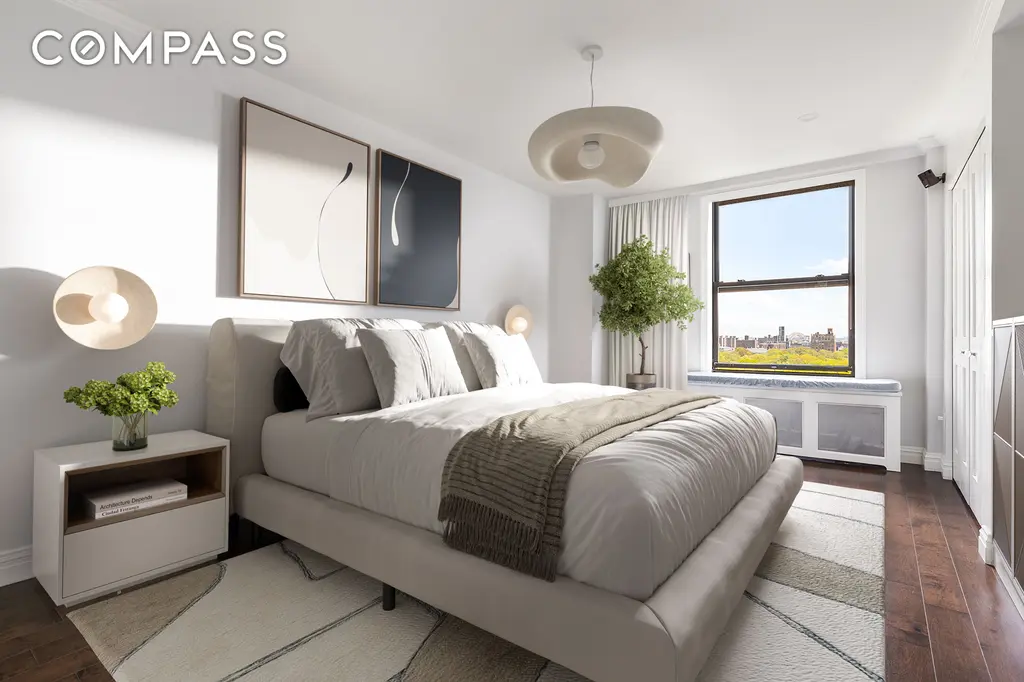
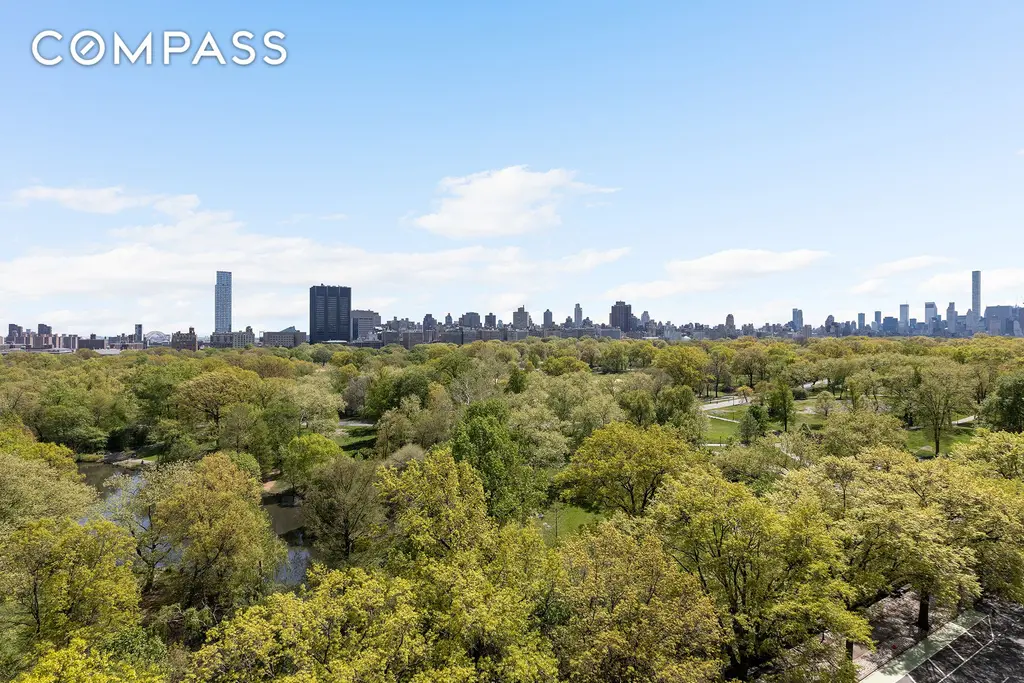
90 East End Avenue, #14B
$2,995,000 (-9.2%)
Yorkville | Condominium | 3 Bedrooms, 3 Baths | 2,190 ft2
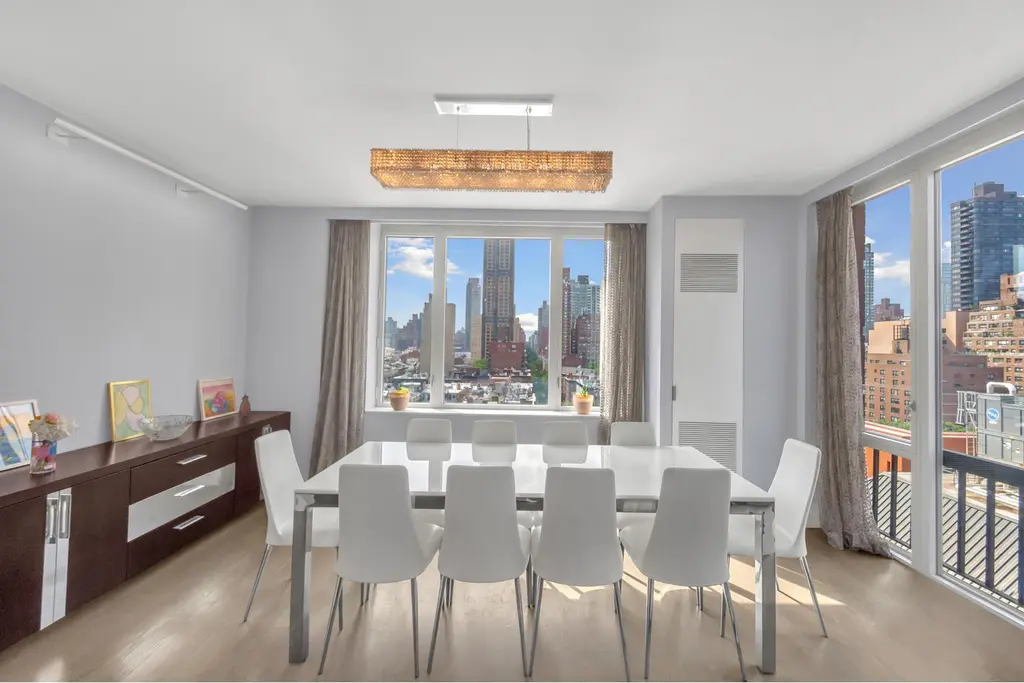
90 East End Avenue, #14B (Douglas Elliman Real Estate)
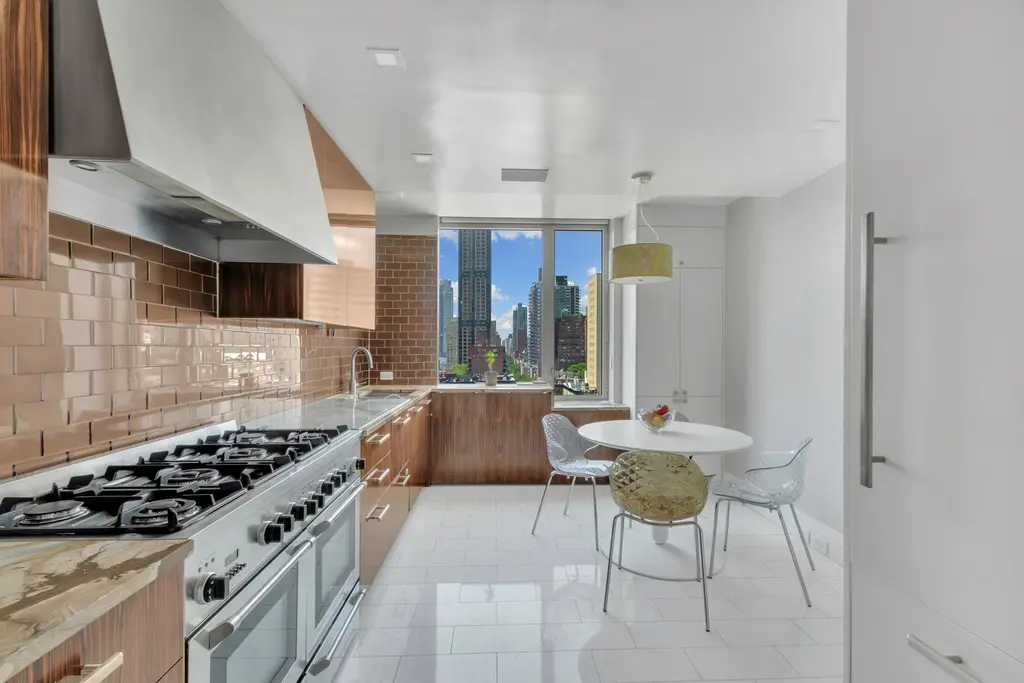
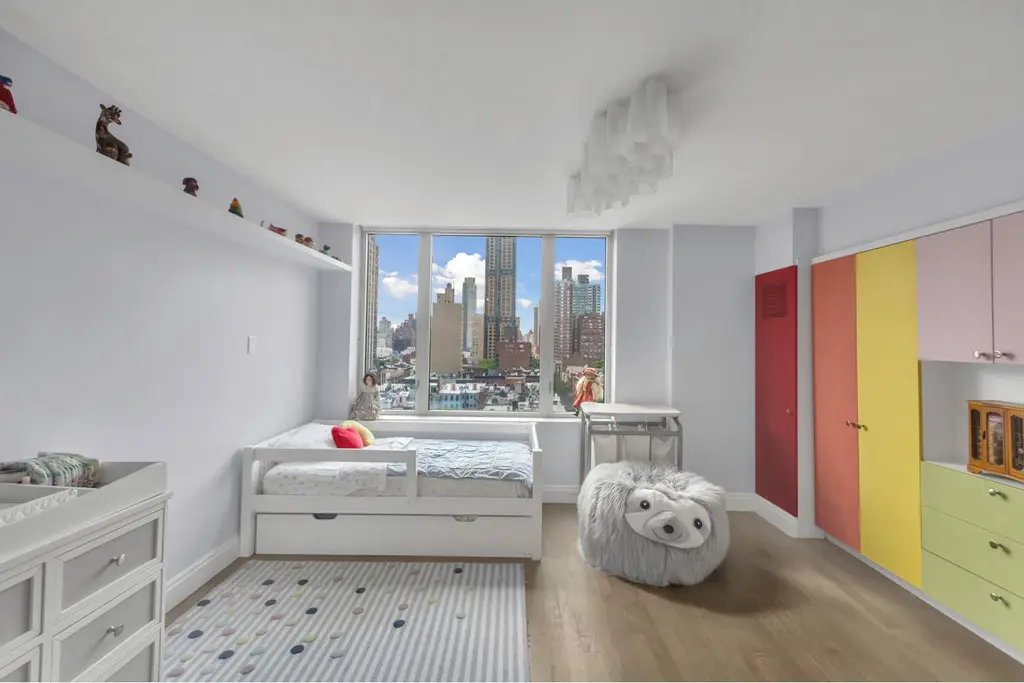
279 Central Park West, #14C
$3,000,000 (-9.1%)
Central Park West | Condominium | 3 Bedrooms, 2.5 Baths | 1,804 ft2
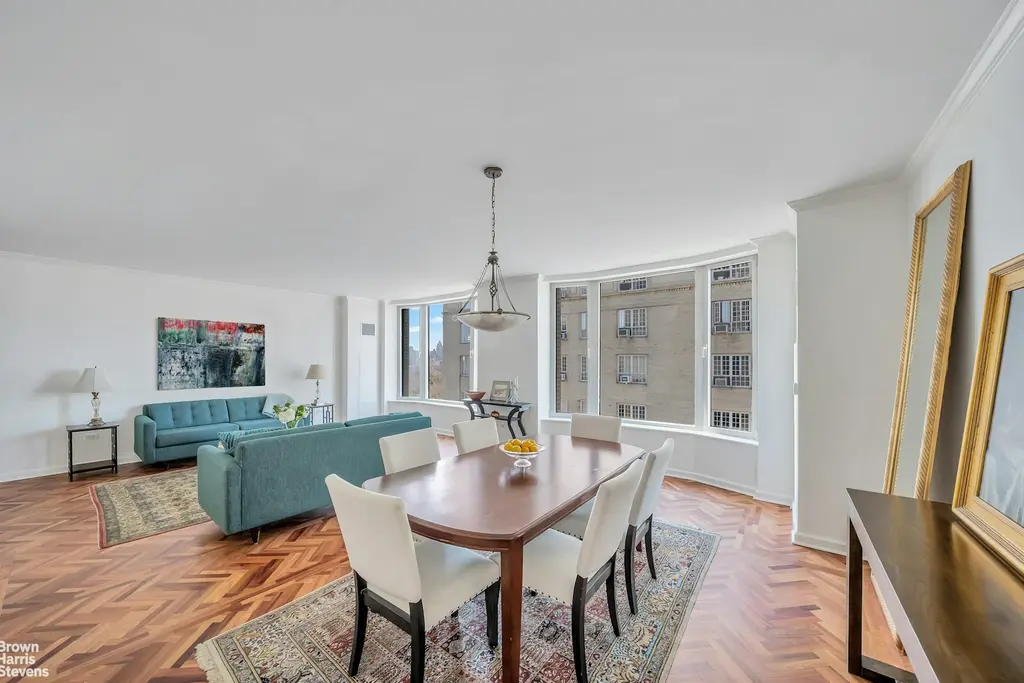
279 Central Park West, #14C (Brown Harris Stevens Residential Sales LLC)


Upper Manhattan

Fort Tryon Terrace, #7L (Brown Harris Stevens Residential Sales LLC)

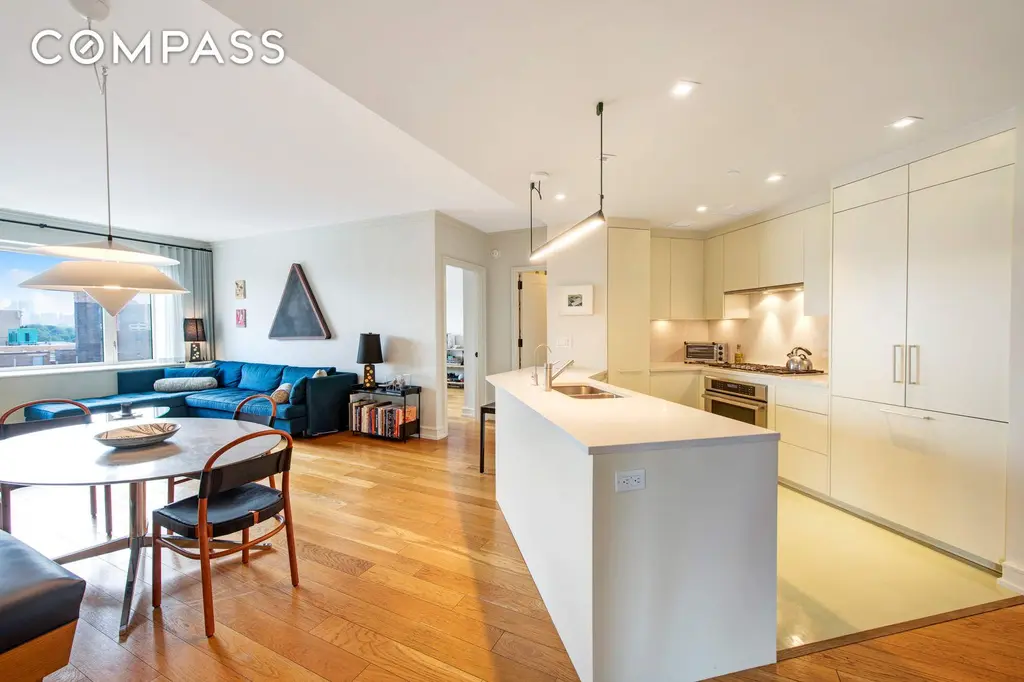
One Museum Mile, #15D (Compass)
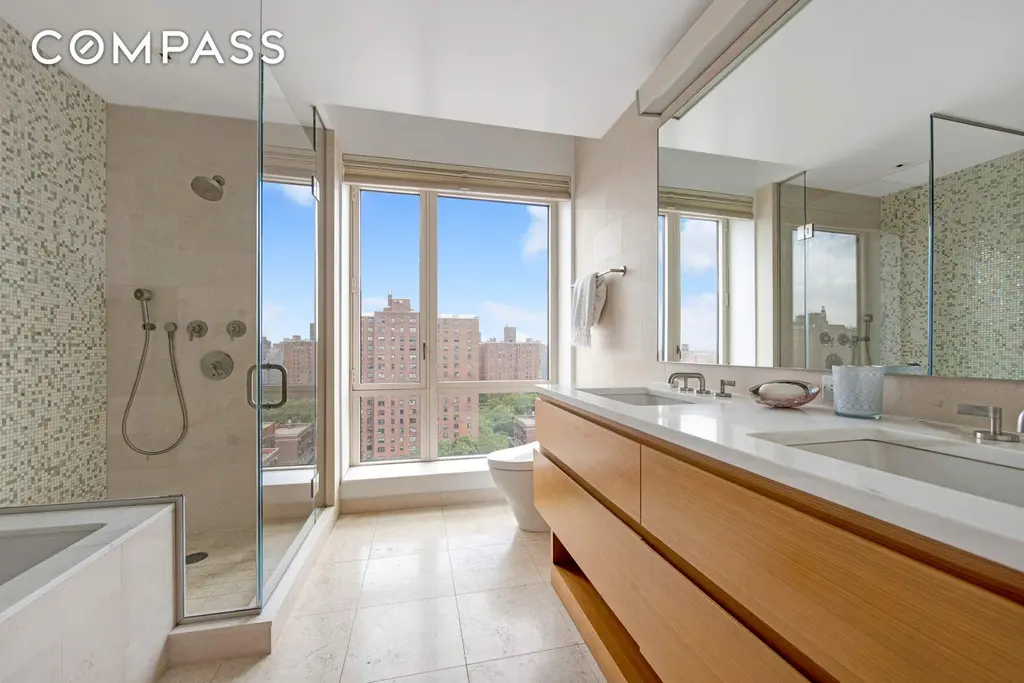
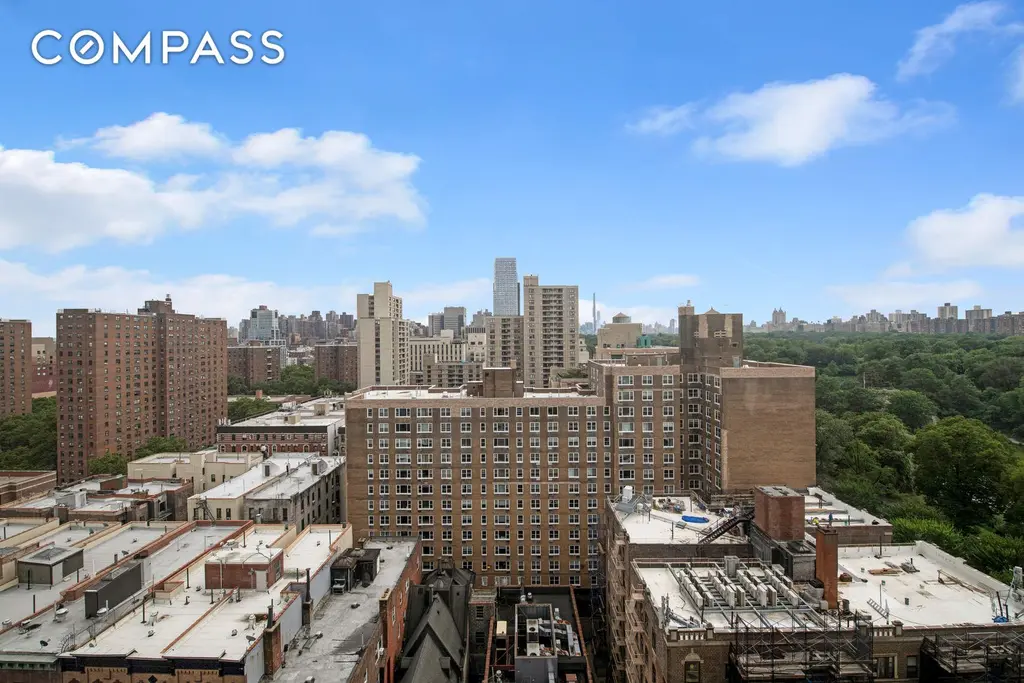
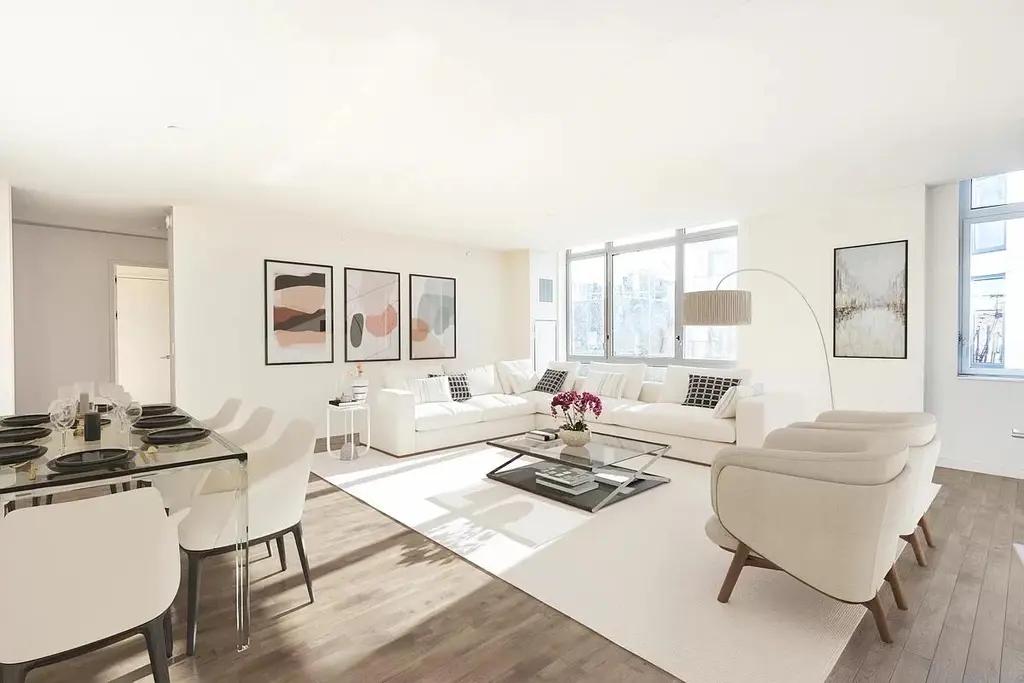
Circa Central Park, #6D (Reuveni LLC)
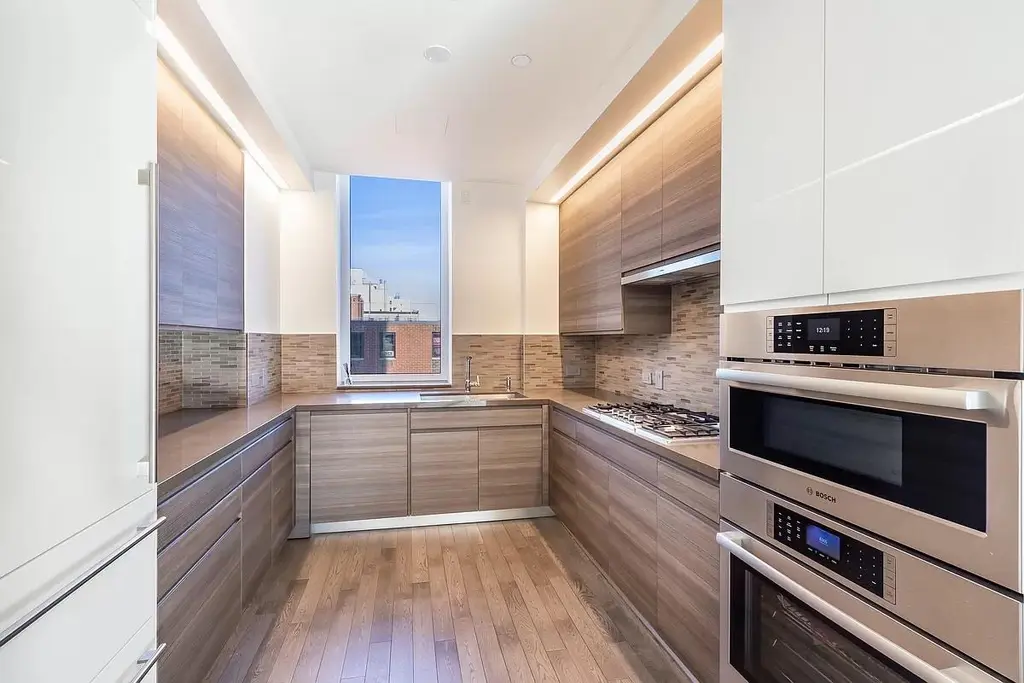

145 Central Park North, #3A (Nest Seekers LLC)

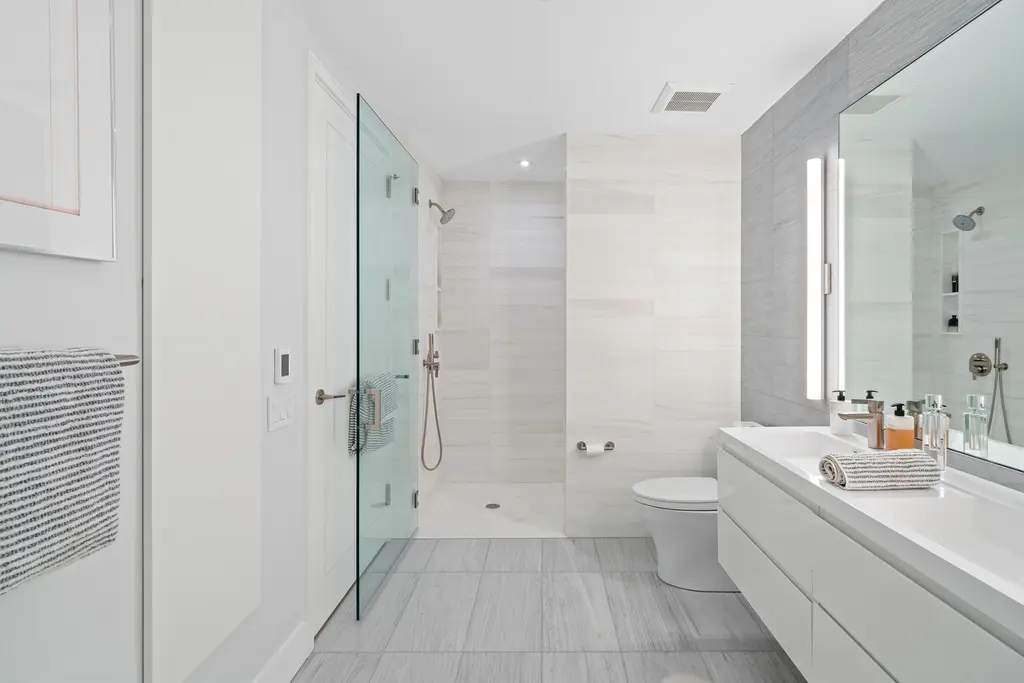
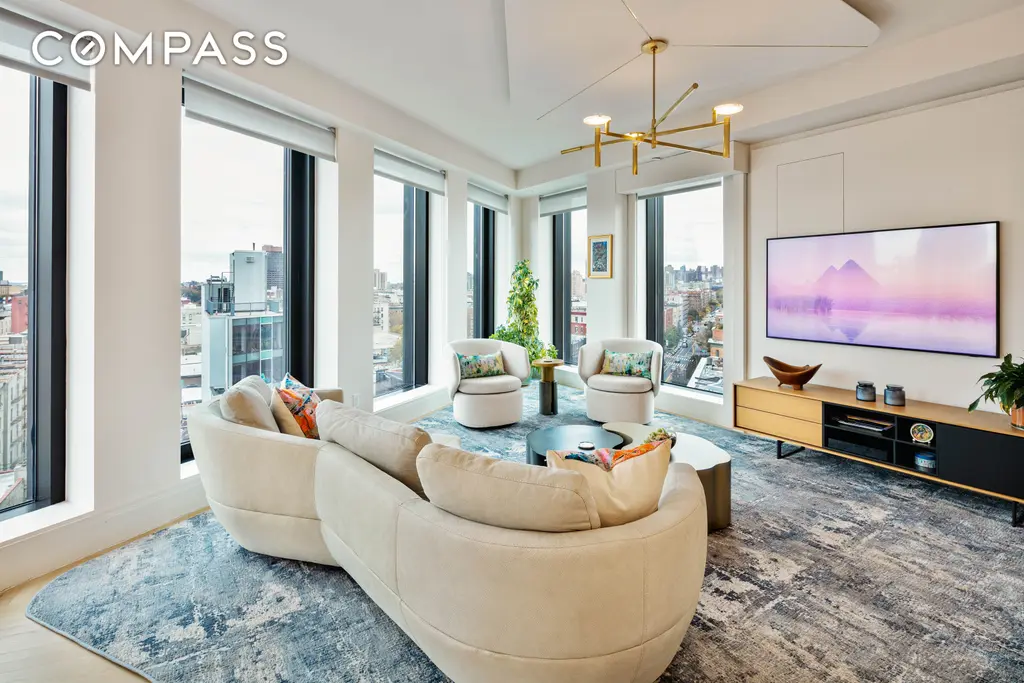
300 West, #12A (Compass)
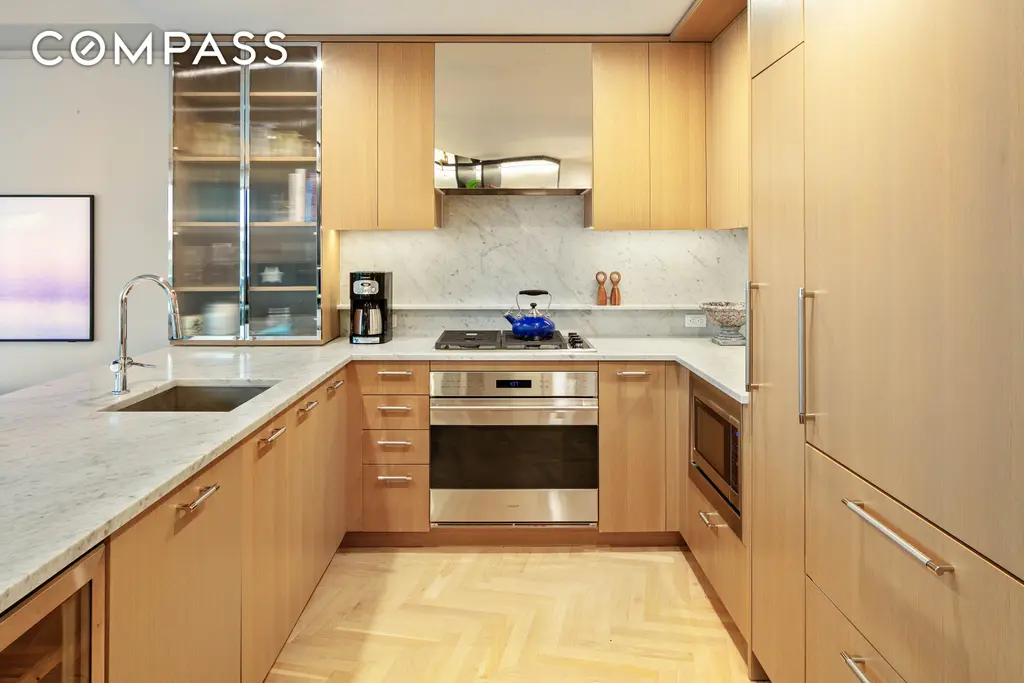
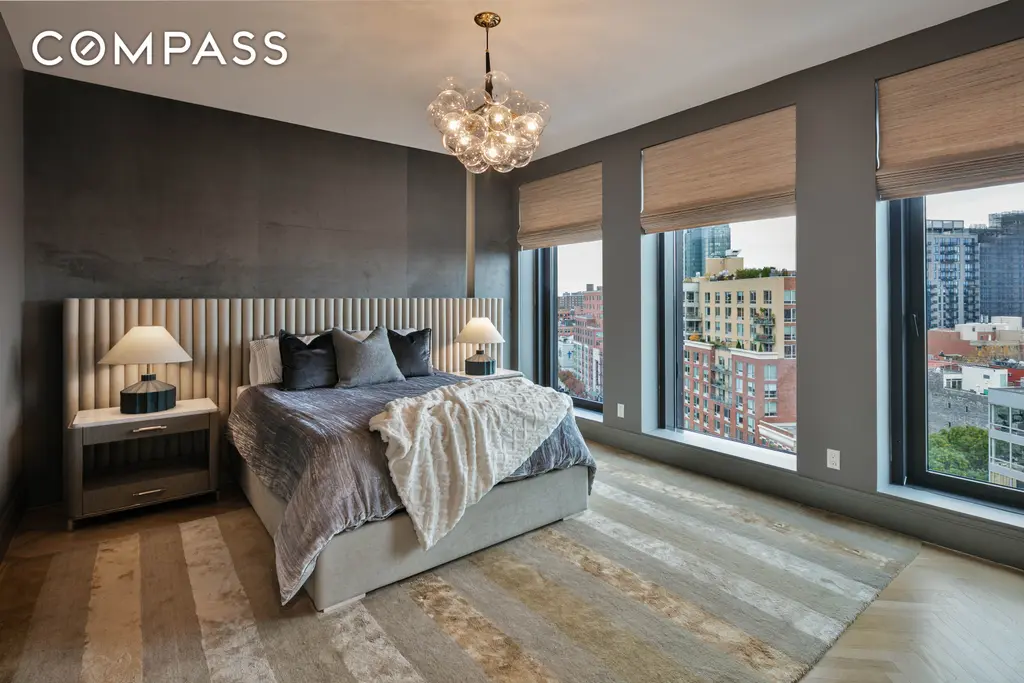
111 Central Park North, #10B
$2,650,000 (-5.2%)
Harlem | Condominium | 3 Bedrooms, 3 Baths | 1,936 ft2
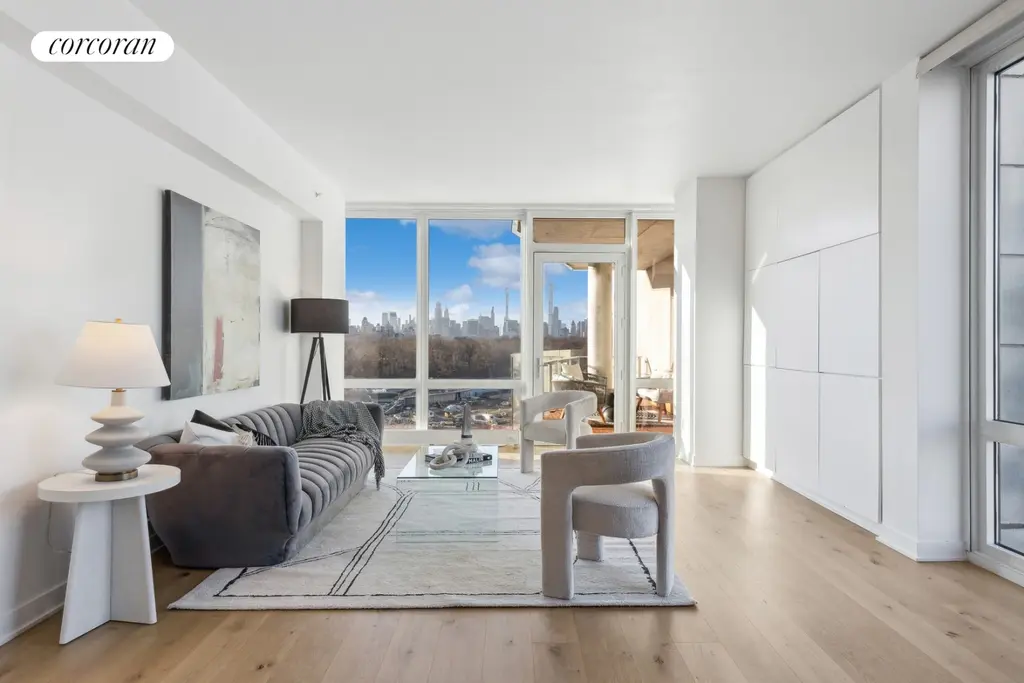
111 Central Park North, #10B (Corcoran Group)
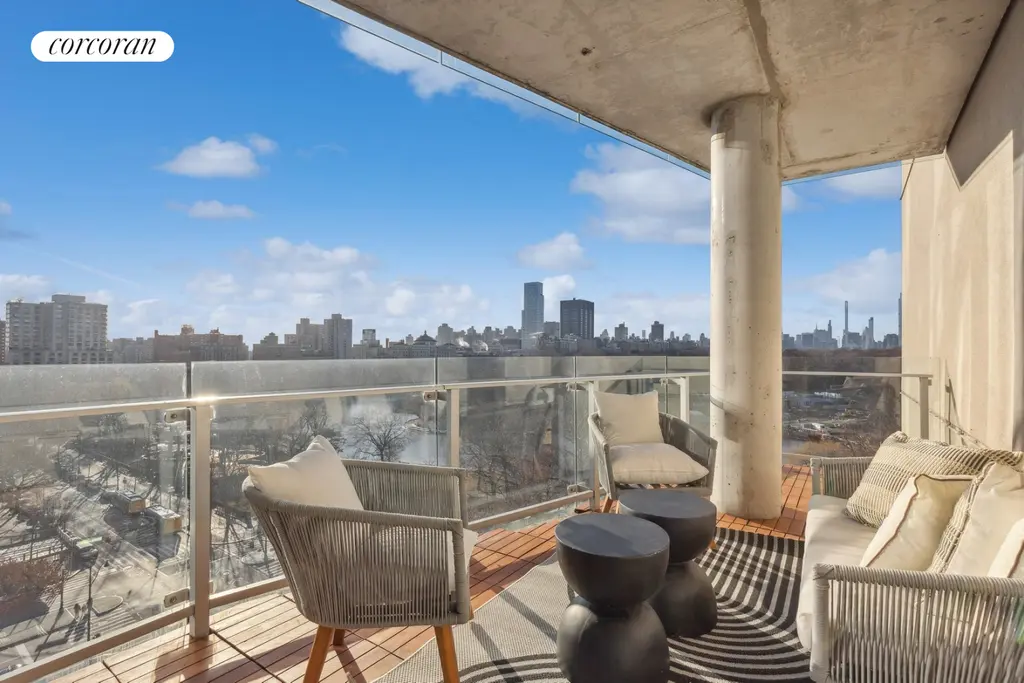
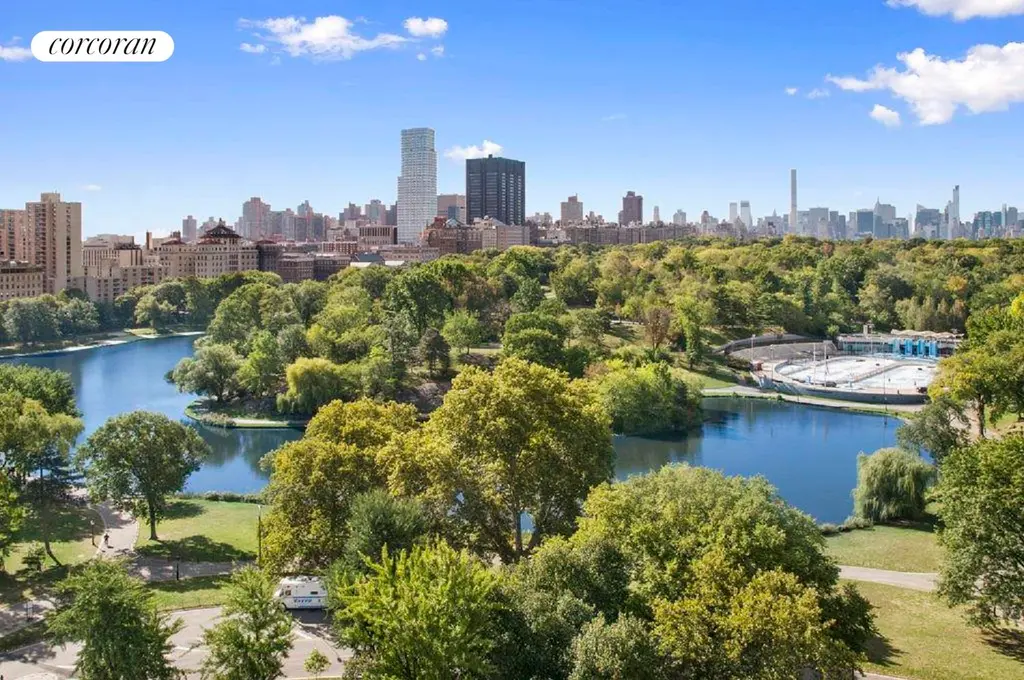
Would you like to tour any of these properties?
Just complete the info below.
Or call us at (212) 755-5544
Would you like to tour any of these properties?

Contributing Writer
Cait Etherington
Cait Etherington has over twenty years of experience working as a journalist and communications consultant. Her articles and reviews have been published in newspapers and magazines across the United States and internationally. An experienced financial writer, Cait is committed to exposing the human side of stories about contemporary business, banking and workplace relations. She also enjoys writing about trends, lifestyles and real estate in New York City where she lives with her family in a cozy apartment on the twentieth floor of a Manhattan high rise.

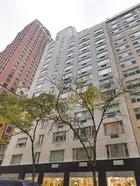

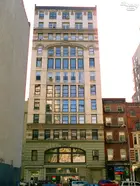


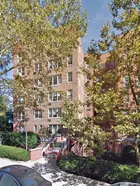
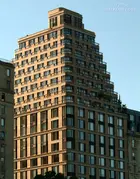
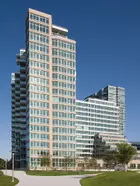
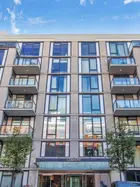

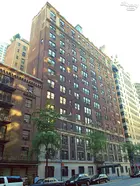
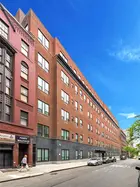

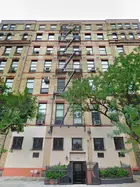
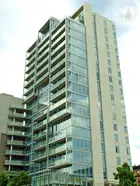
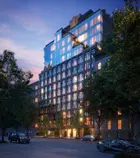

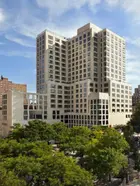

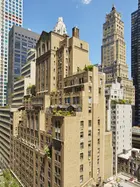
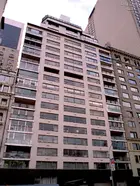


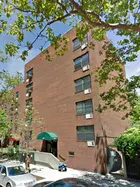

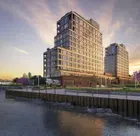
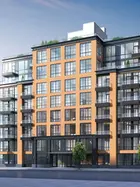
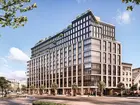
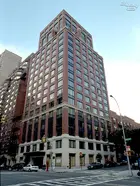
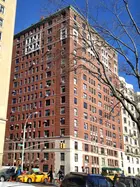
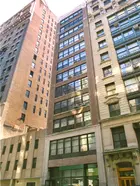

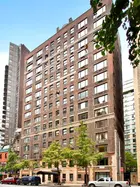

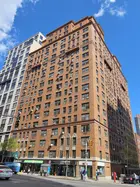



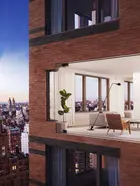

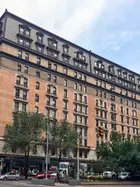
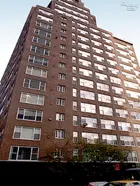
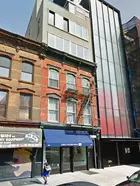
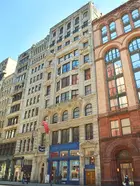
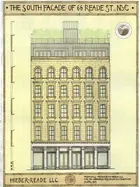
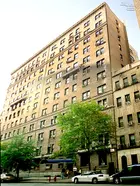




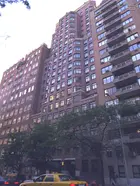
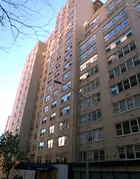

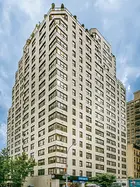
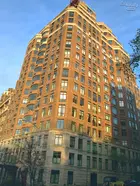
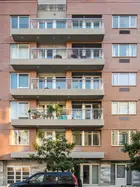

 6sqft delivers the latest on real estate, architecture, and design, straight from New York City.
6sqft delivers the latest on real estate, architecture, and design, straight from New York City.
